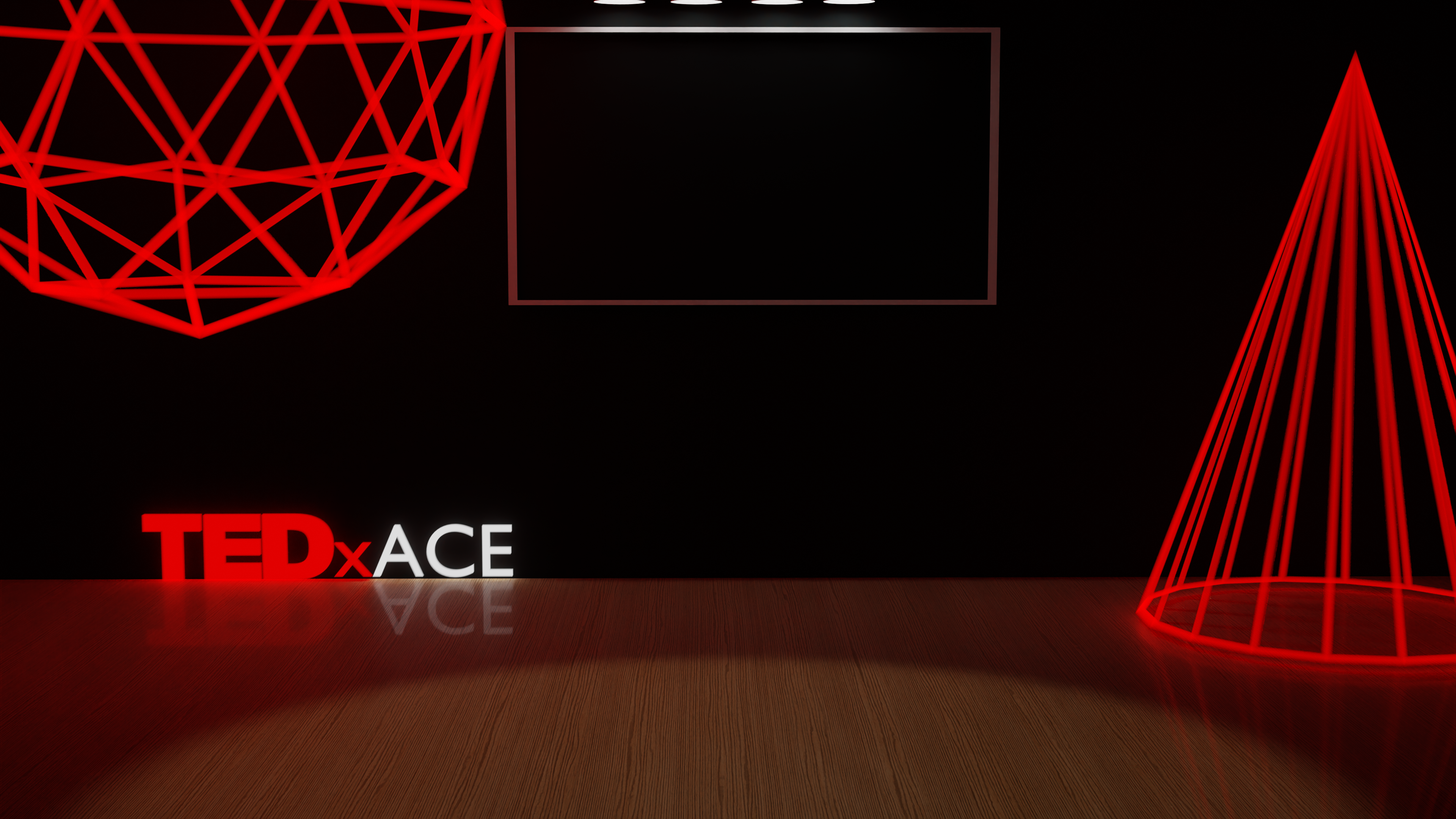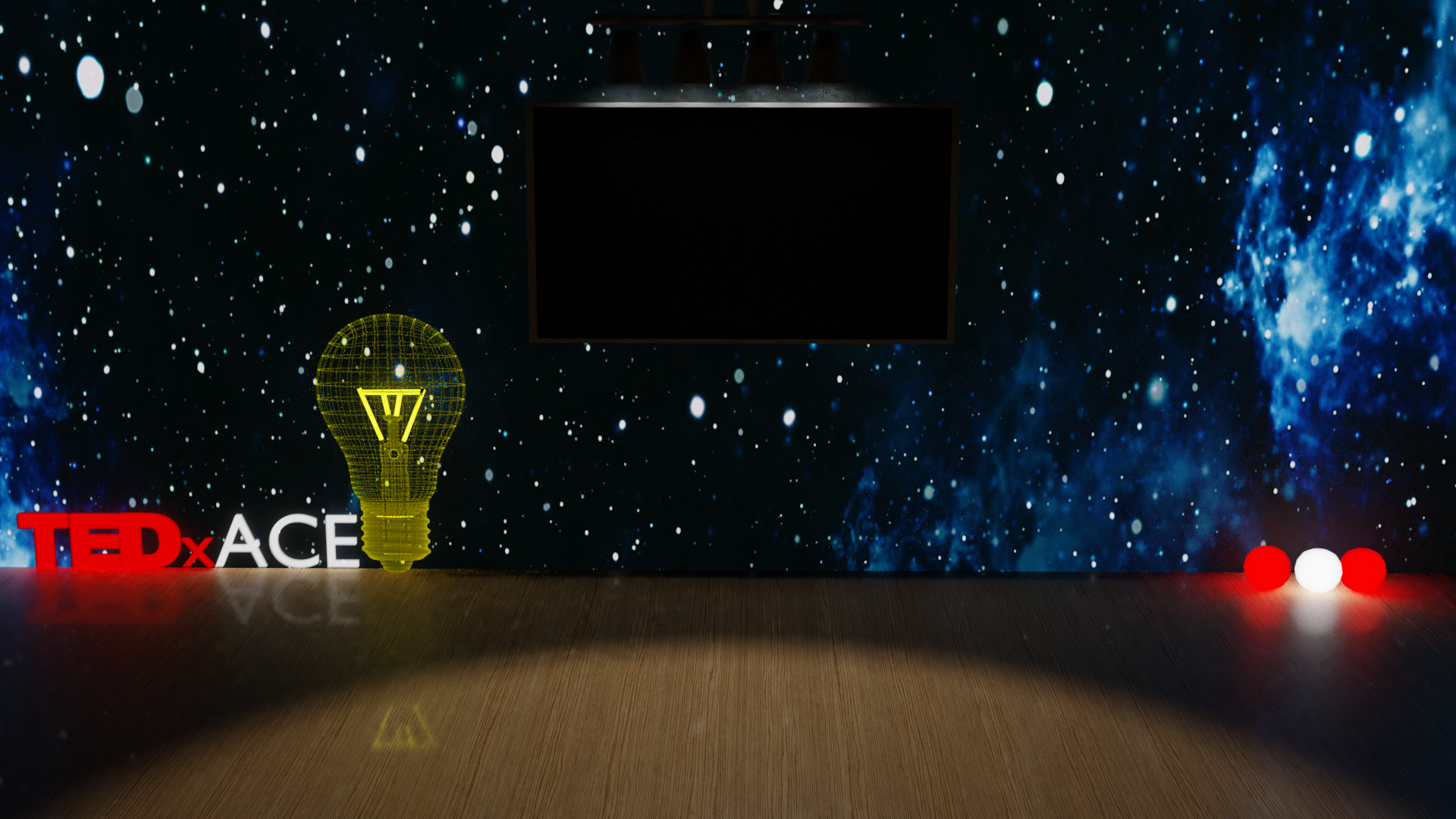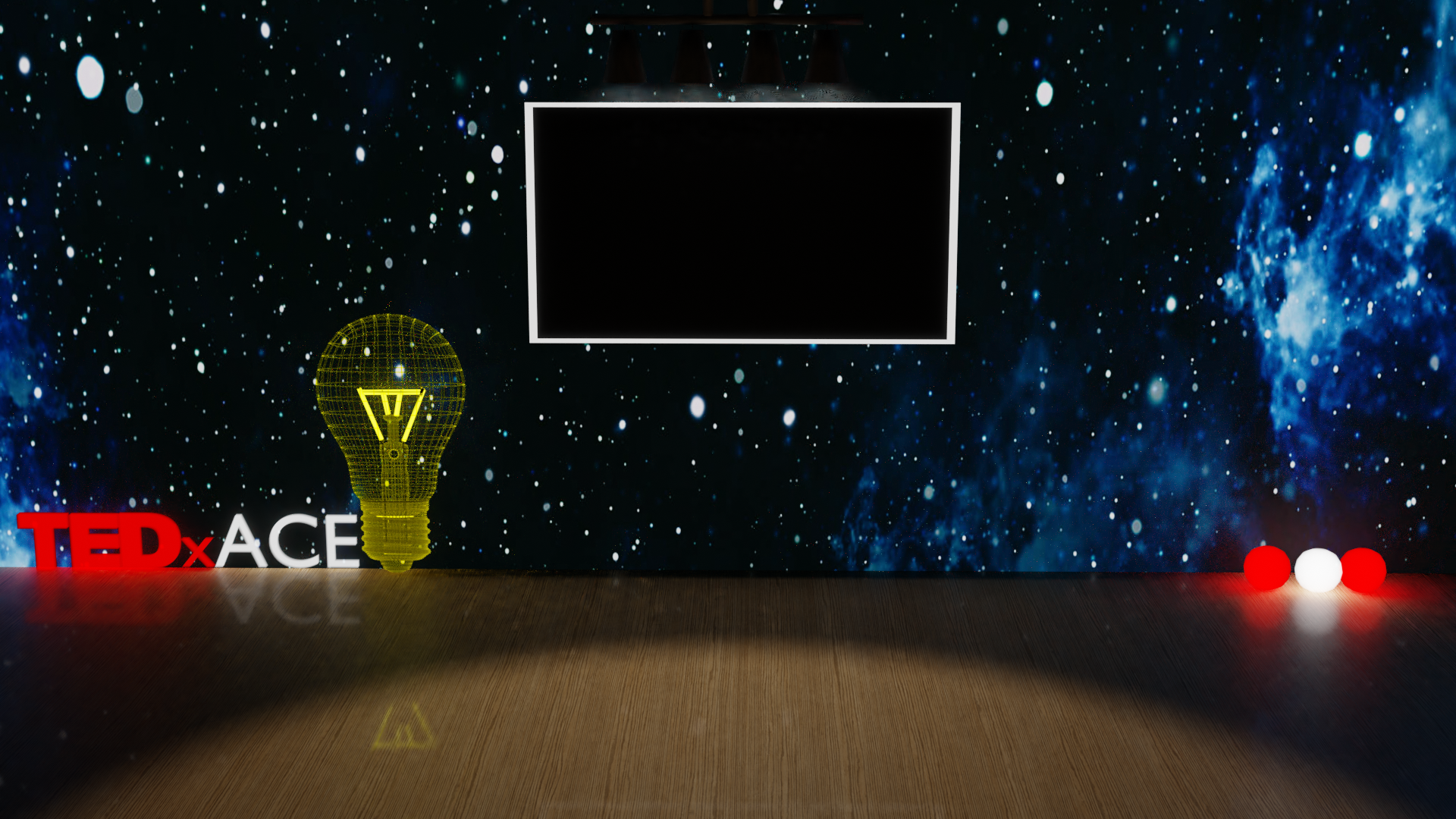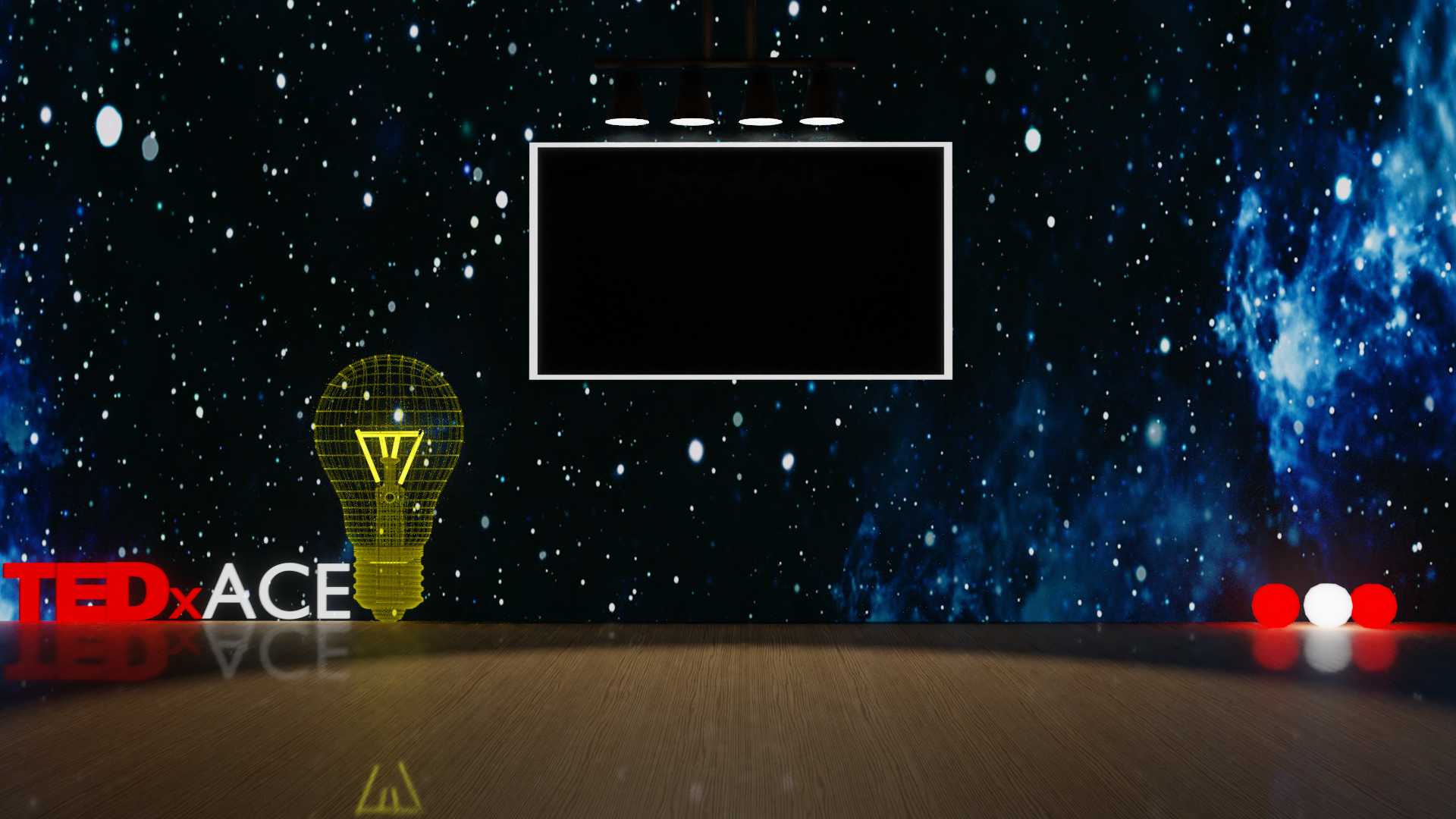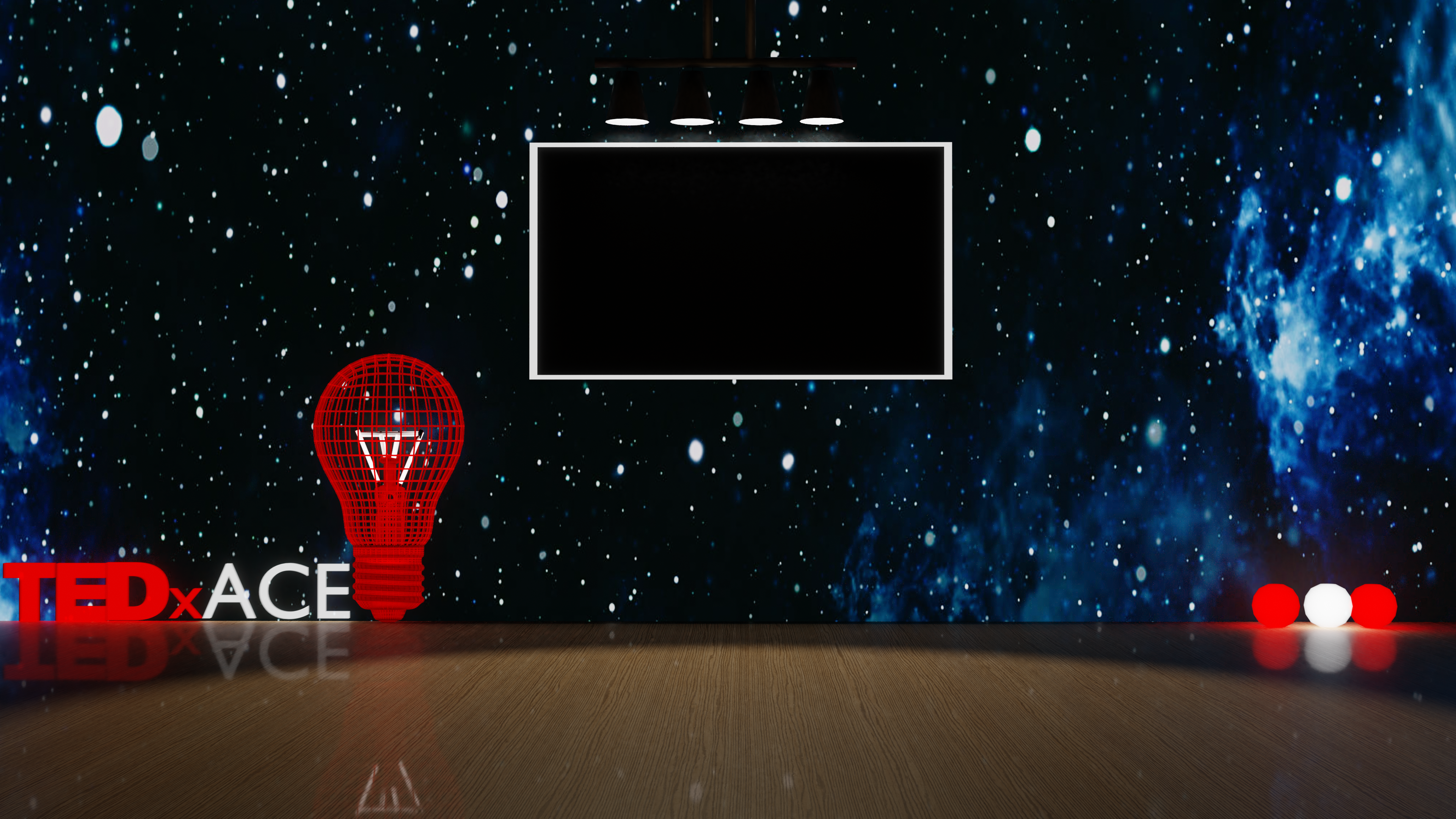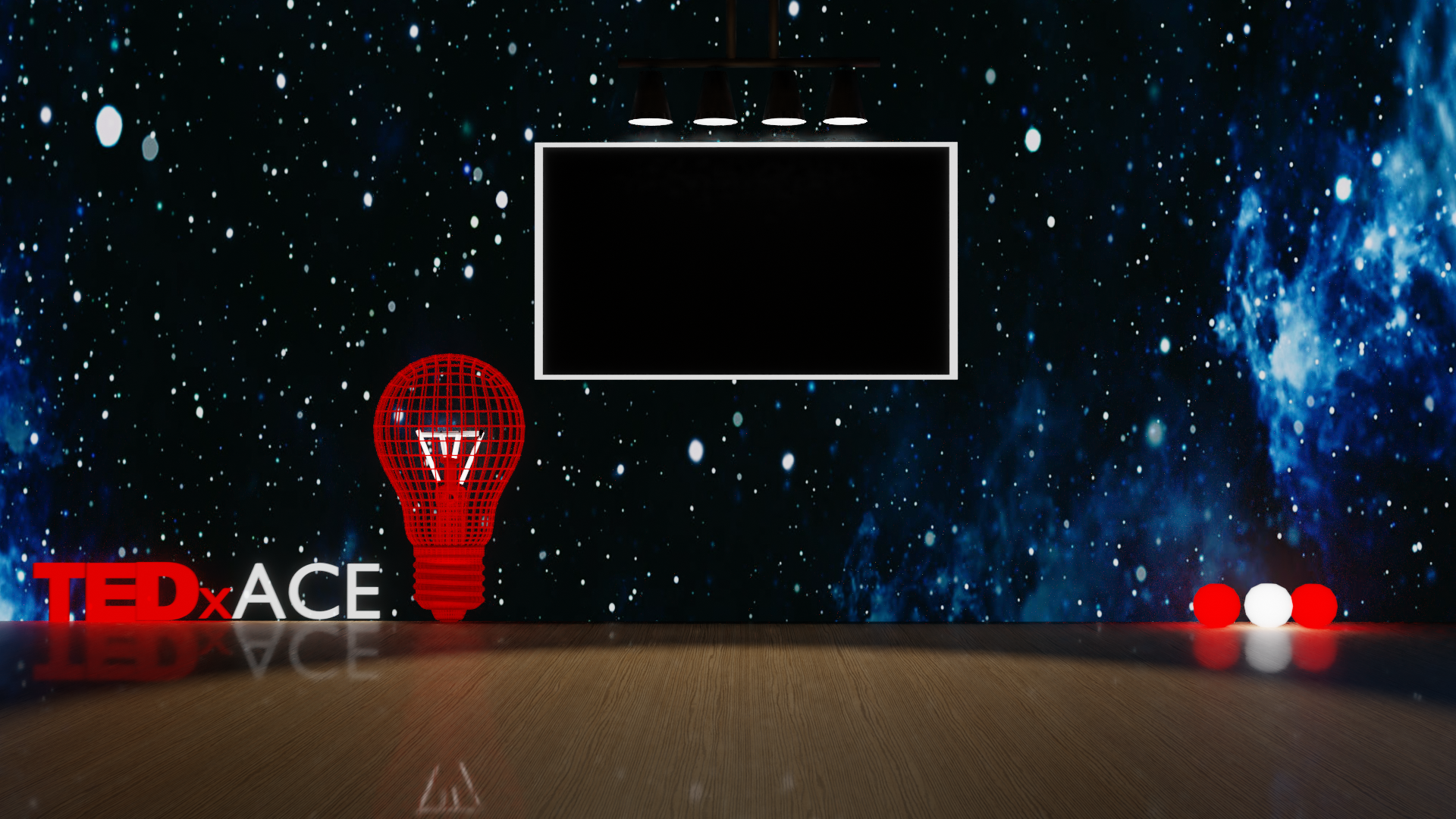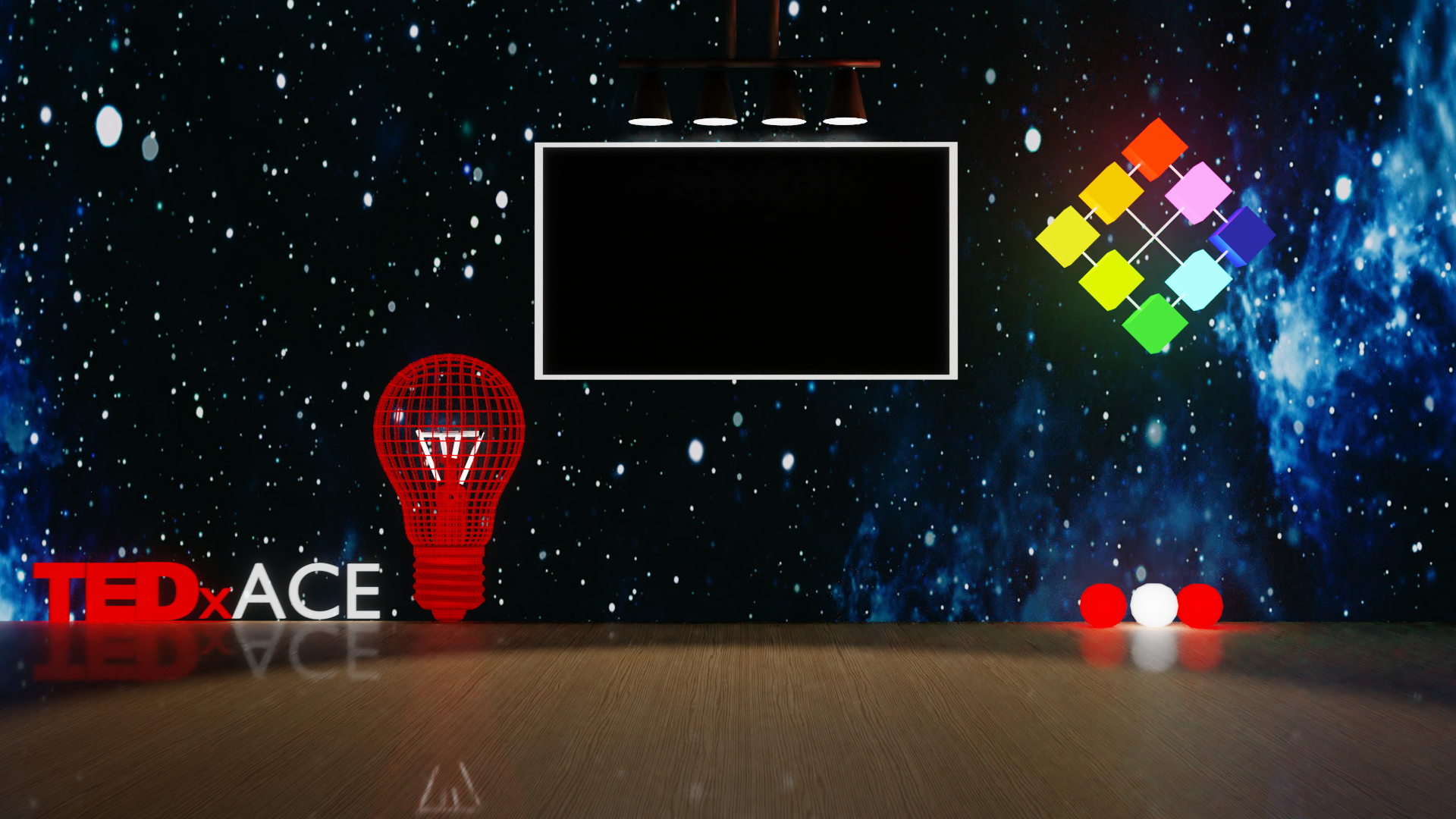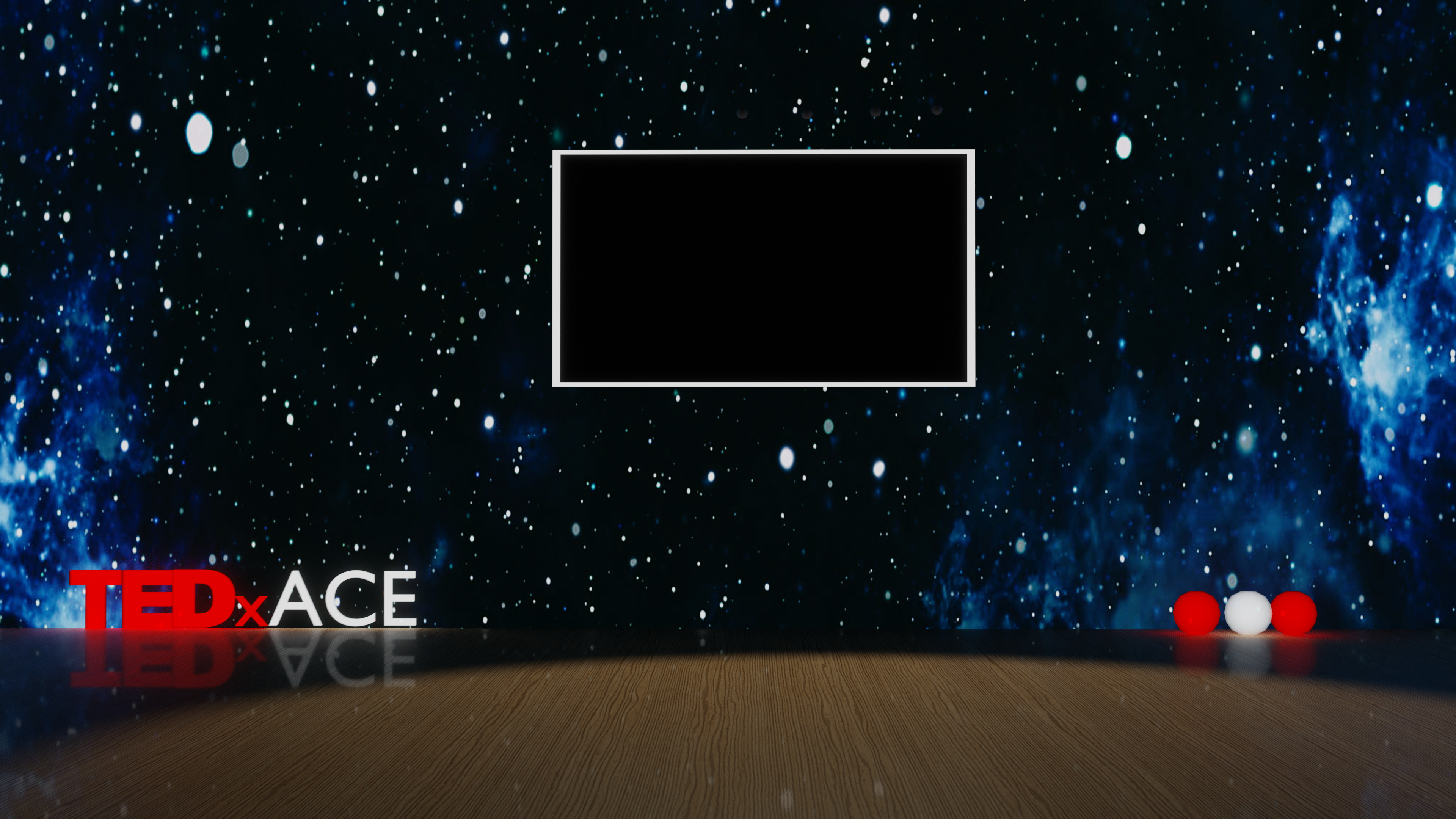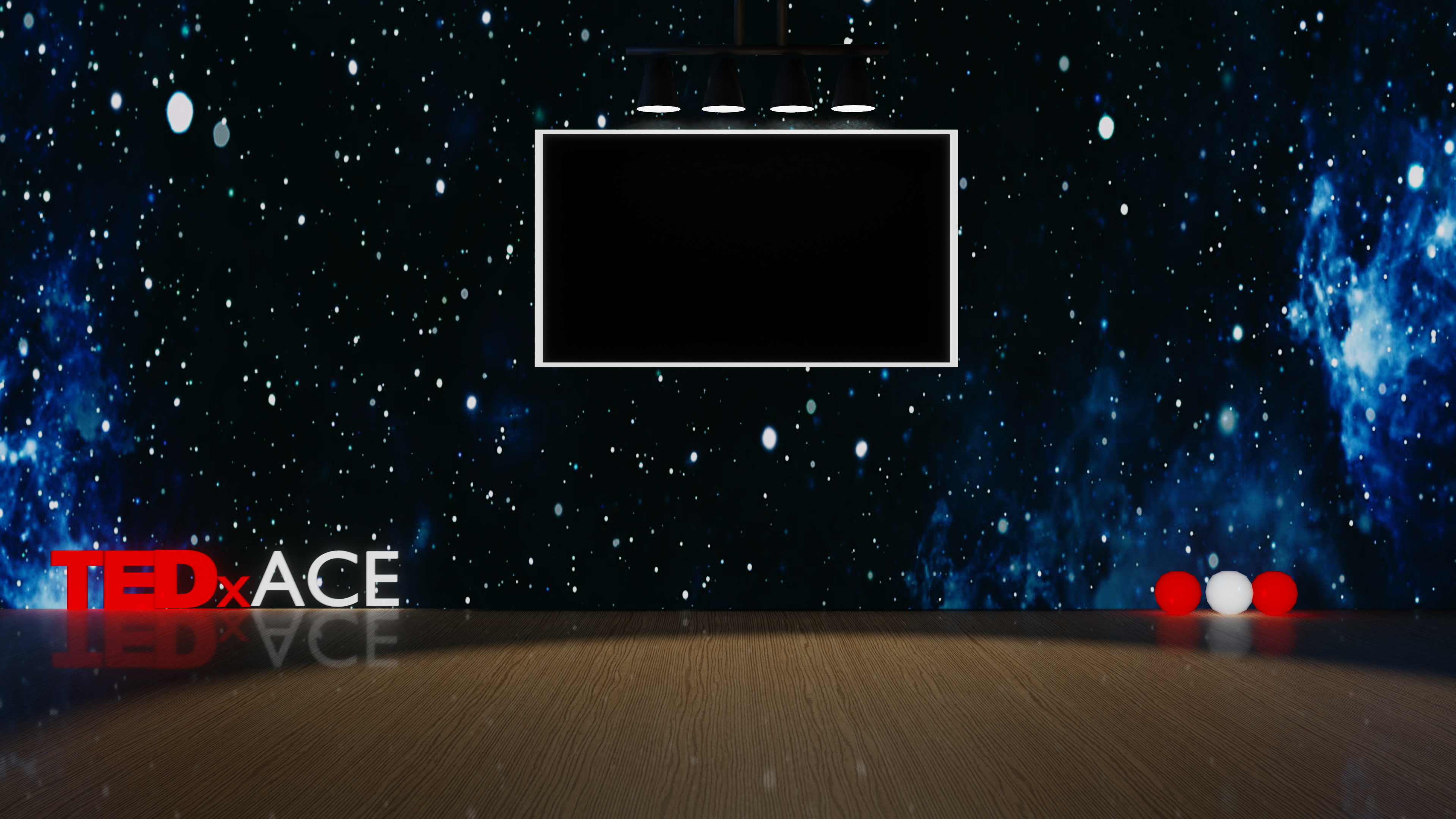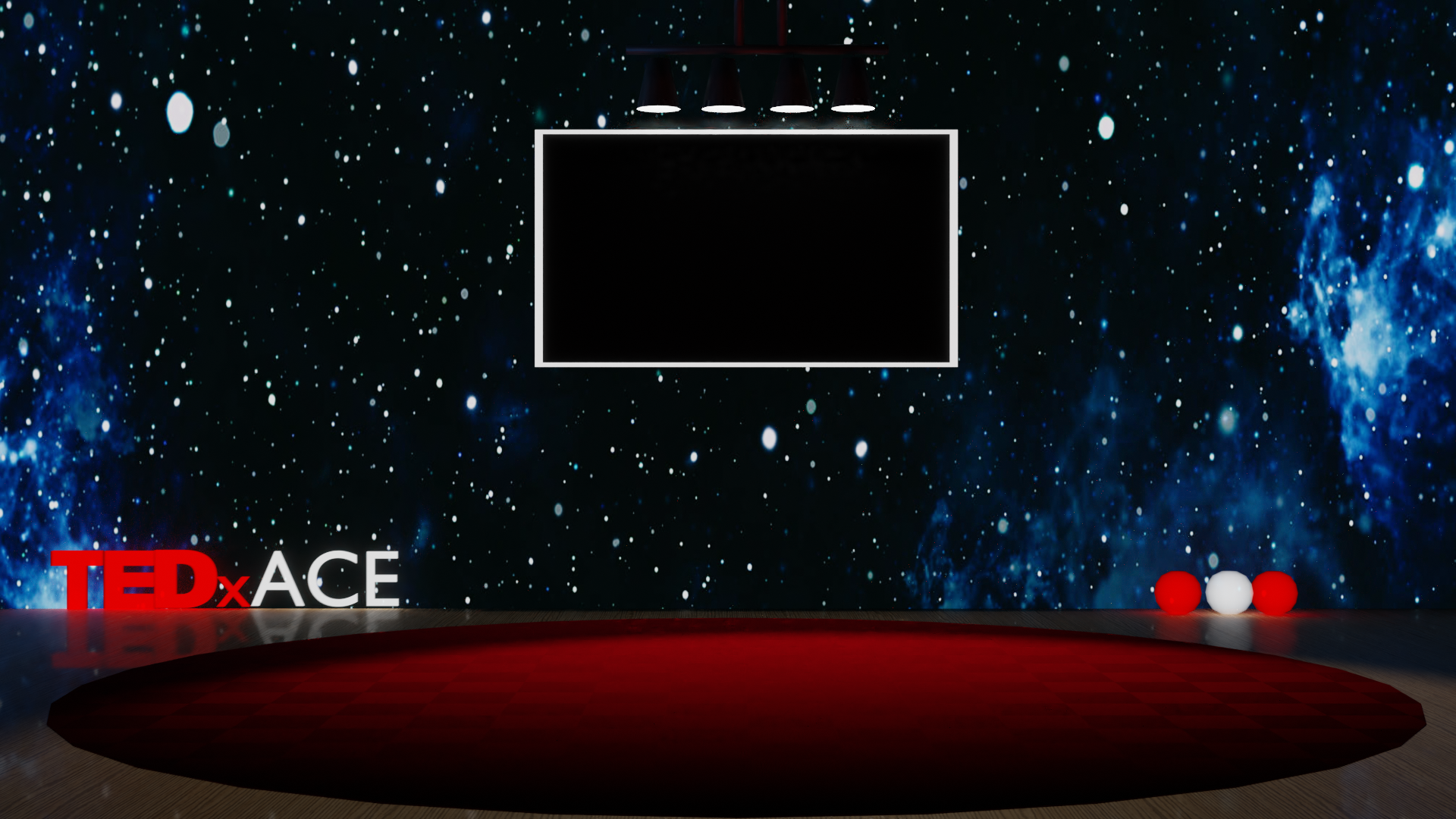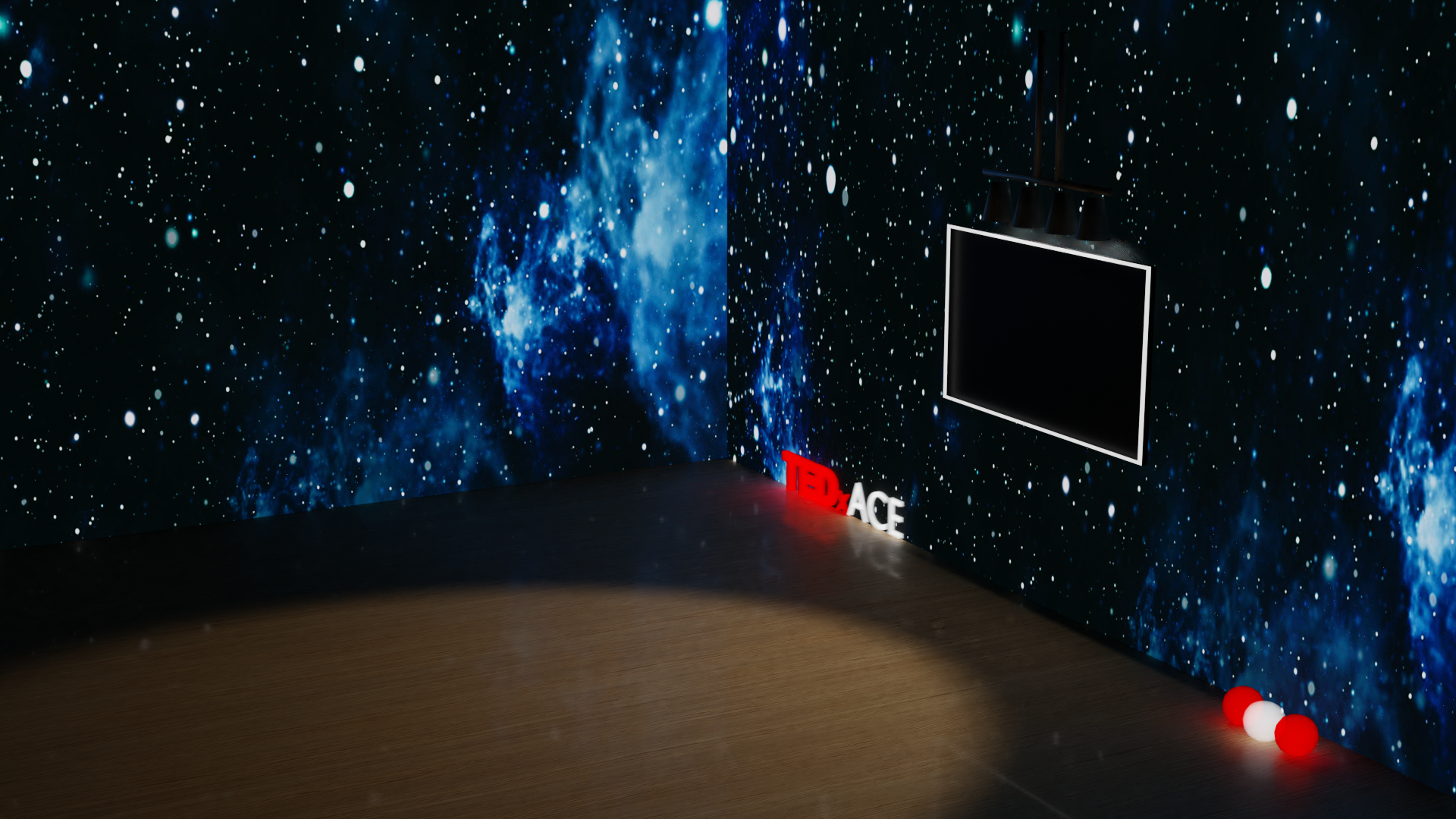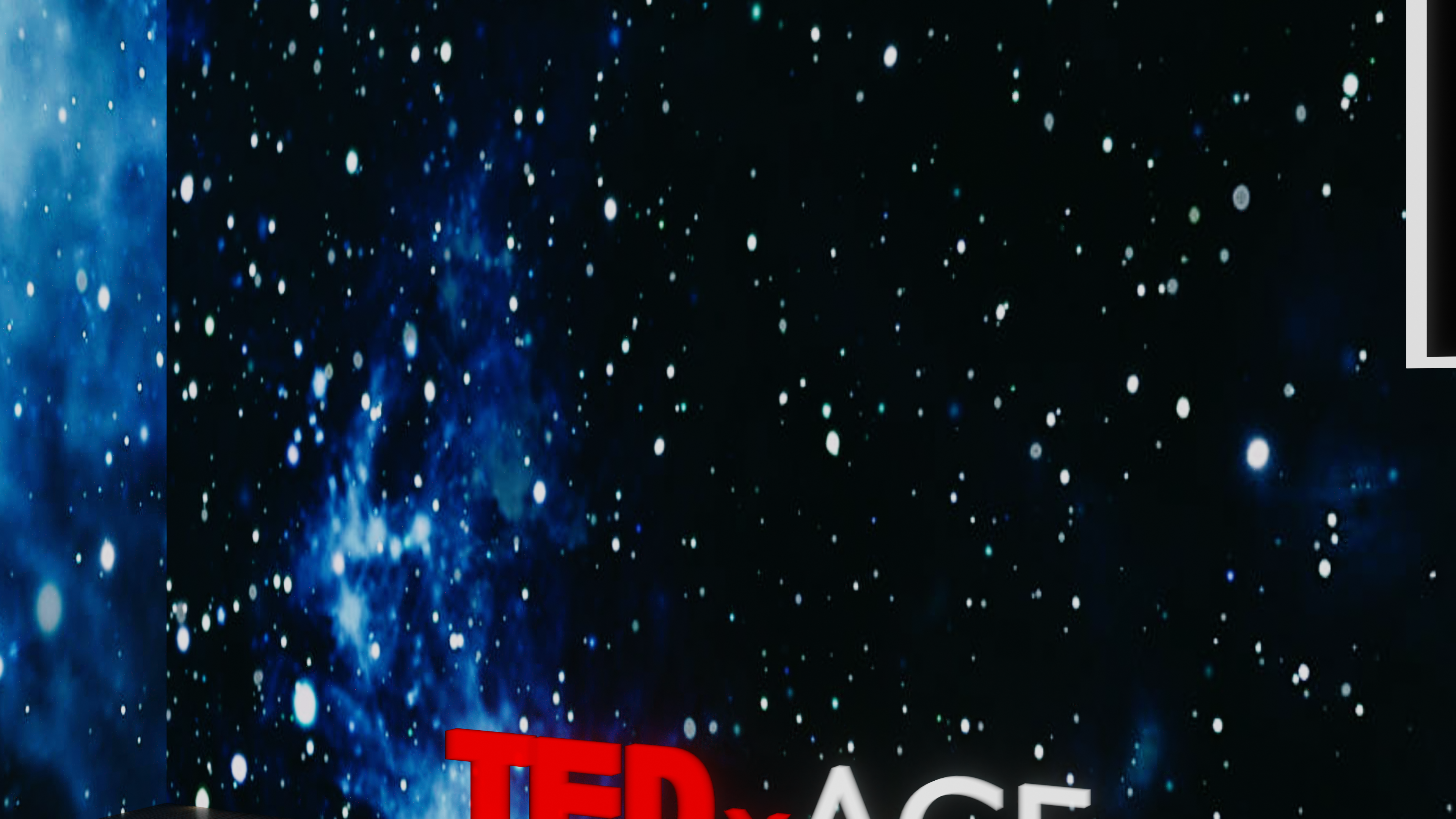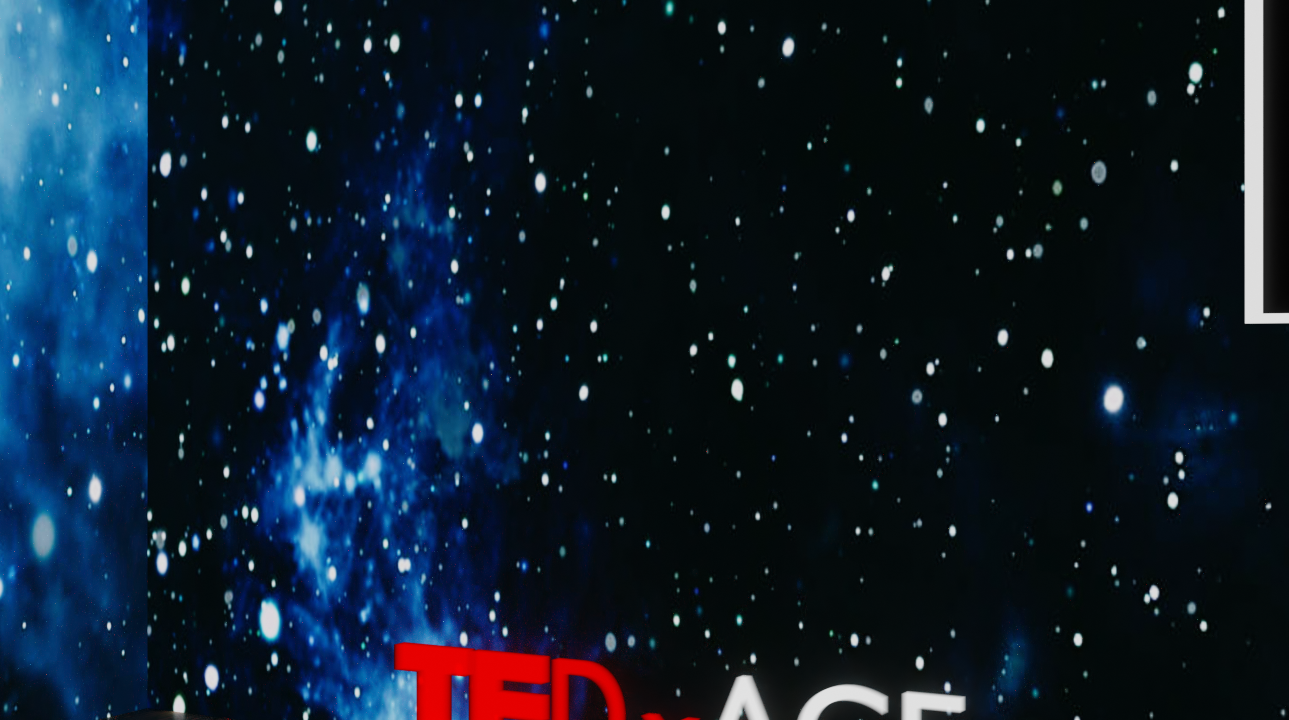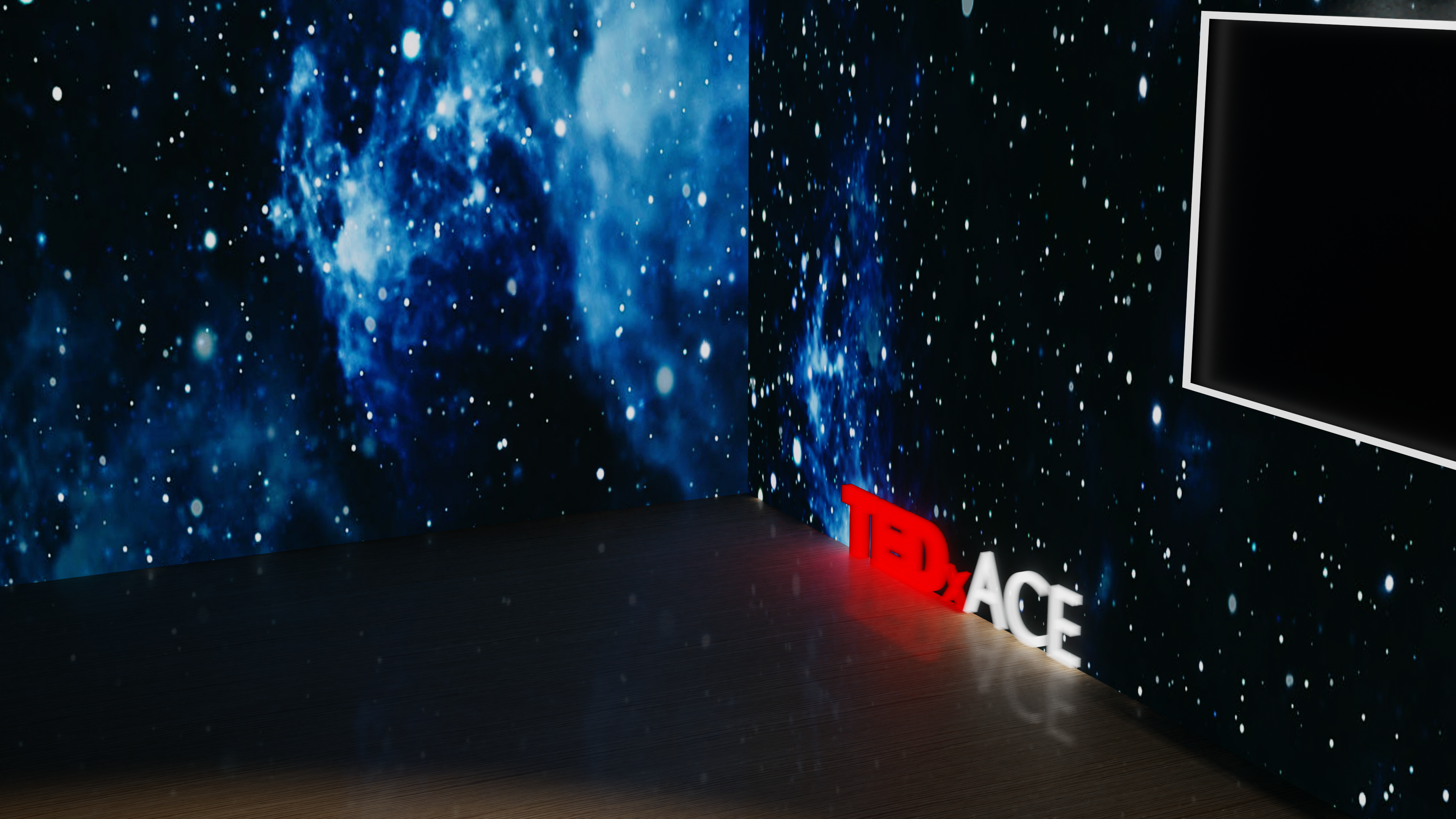I'm an Engineer with a passion for designing and developing applications in Augmented Reality, Virtual Reality and Game Development!
Hello, I'm
Aarnav Sangekar
An Engineer From India

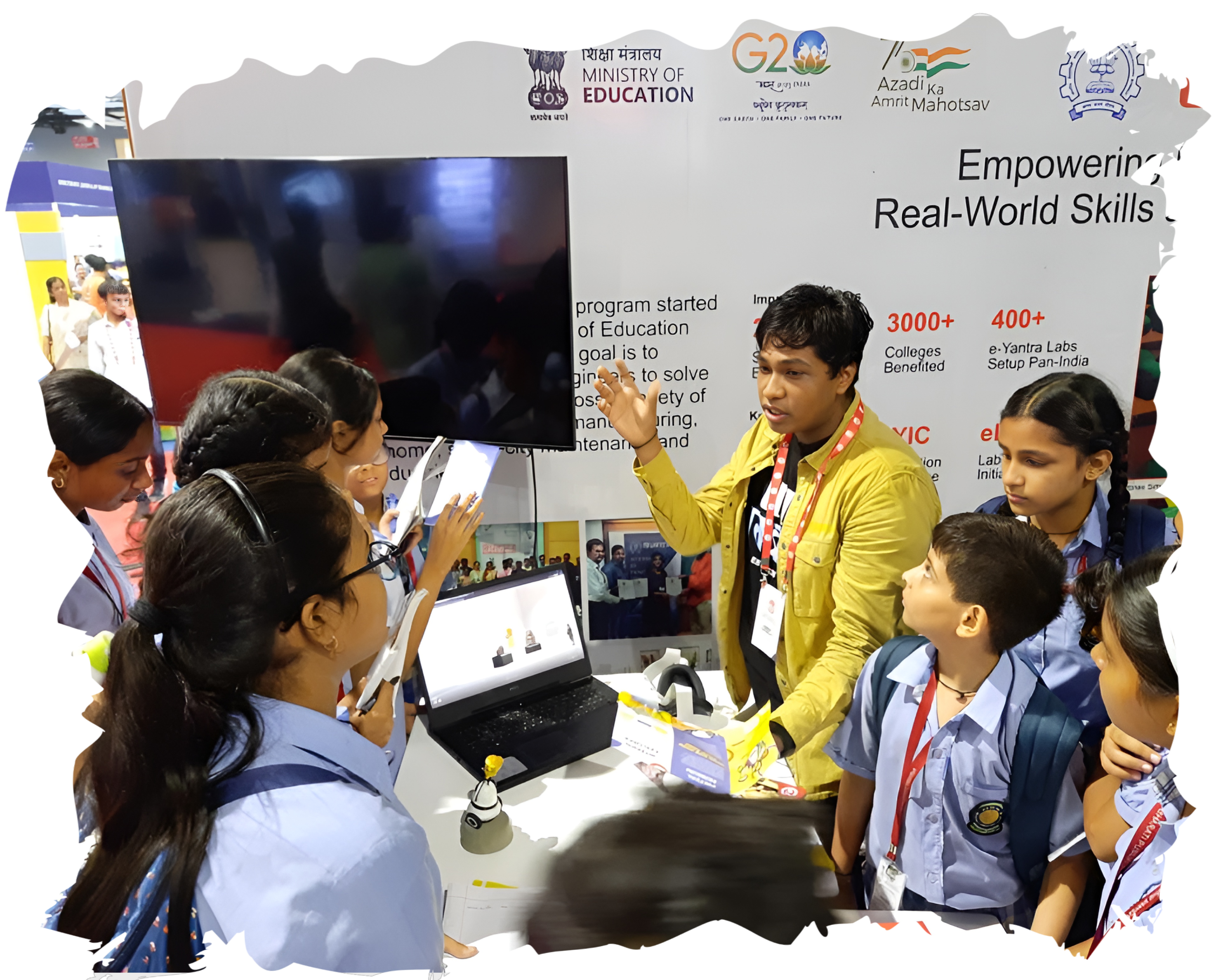
Coming from an engineering background, I have a combination of strong technical skills with good design thinking
My current experience includes the internships I have done
This is a compilation some of my most recent and relevant projects.
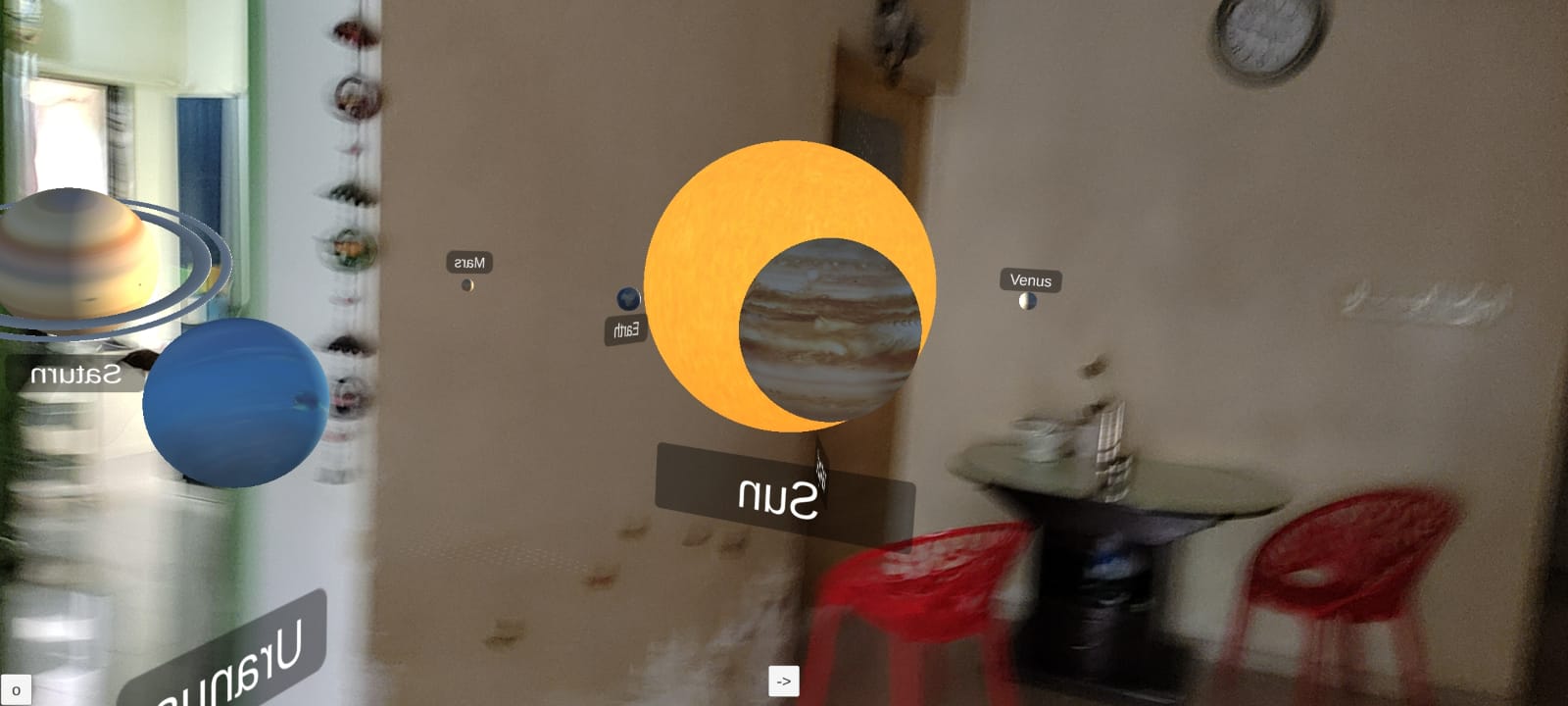
ExploAR
ExploAR is a work-in-progress AR Education Application for school students that teaches concepts in Augmented Reality. It visualizes the concepts with animations, 3D models and interactions and runs on any android Phone that has ARCore supported.
Textual learning from textbooks gets repetitive and boring. It is often hard to understand complex concepts just from text. ExploAR is my attempt at making an augmented reality based application that could help students learn while having fun.
ExploAR uses Unity3D and ARCore for a robust augmented reality application. Currently it has an animated solar system, a base version of the human skeleton system and a projectile motion physics simulator.
The solar system is animated with relative revolutional speeds that are as relatively accurate as I could make them. All the planets are labeled and revolve around the sun. The size and scale is also relatively approximate.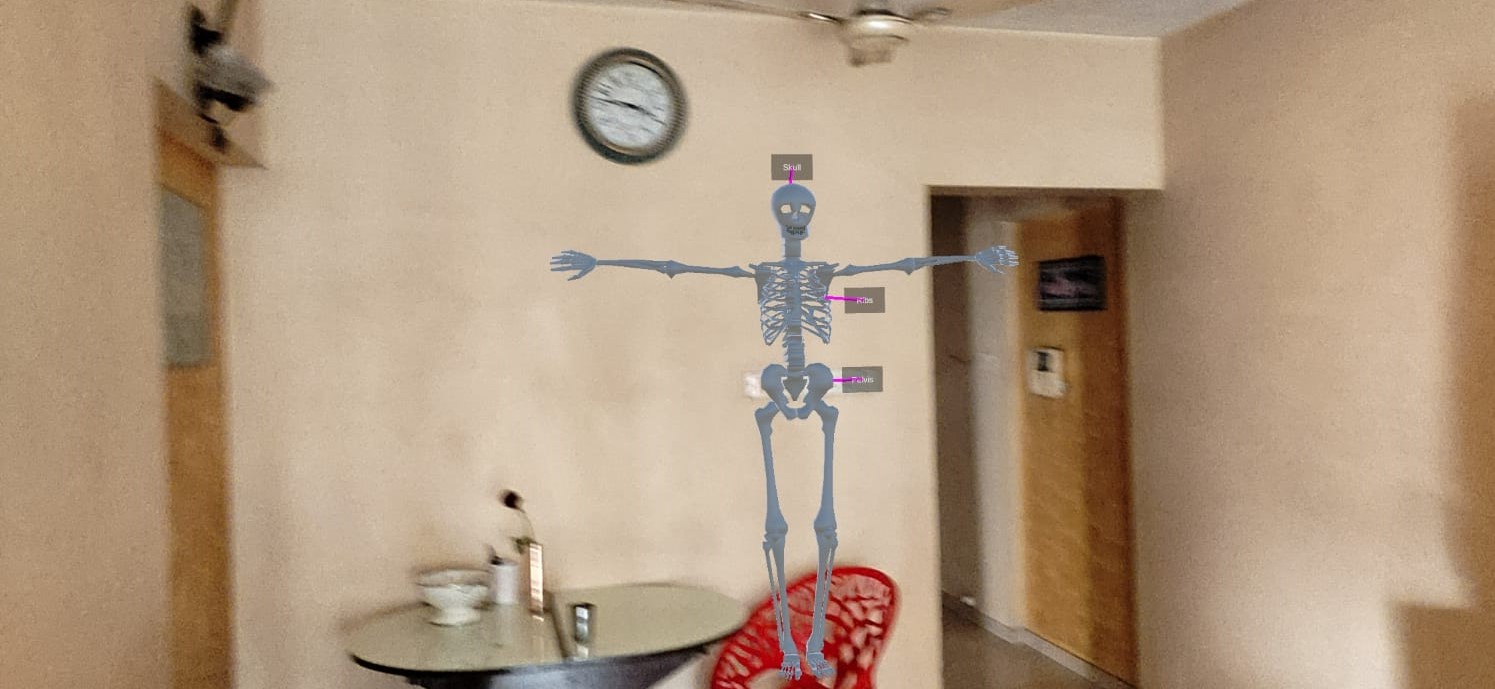
The base version of the human skeleton system has some parts labelled, just as a proof of concept of how more subjects and concepts can be shown.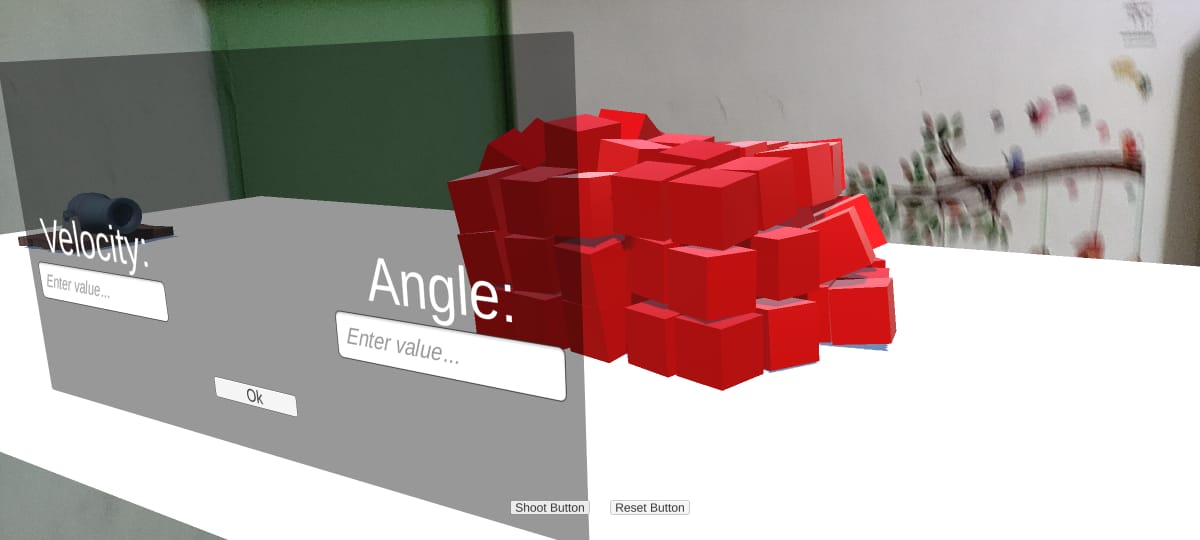
The projectile motion simulator is still in progress. It uses the default unity's physics engine. There are options to change the velocity value and the inital angle of motion. My idea for this section is to be sort of like a quiz, where some of the parameters would be fixed, and you would be taught how to solve the equation to shoot the cannon accurately and hit an objective.
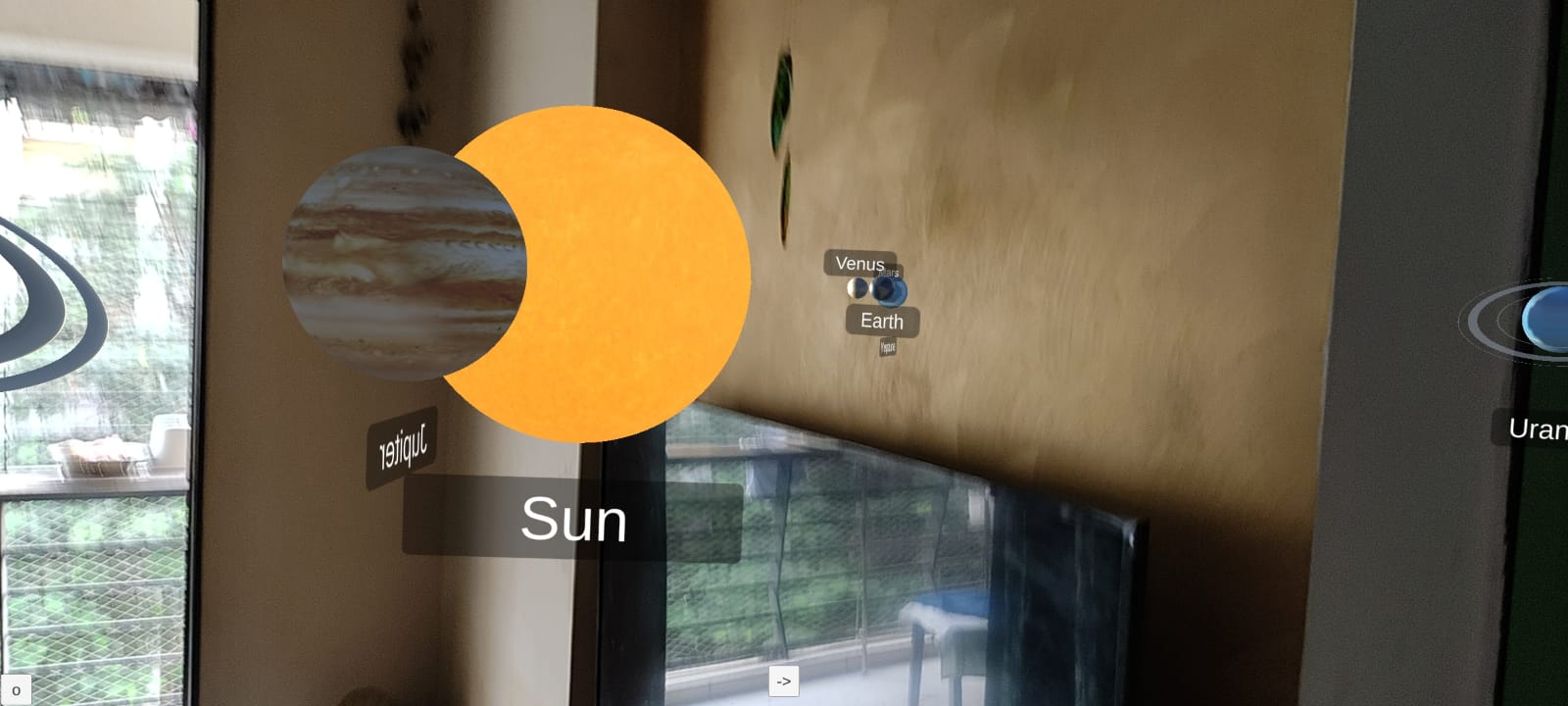
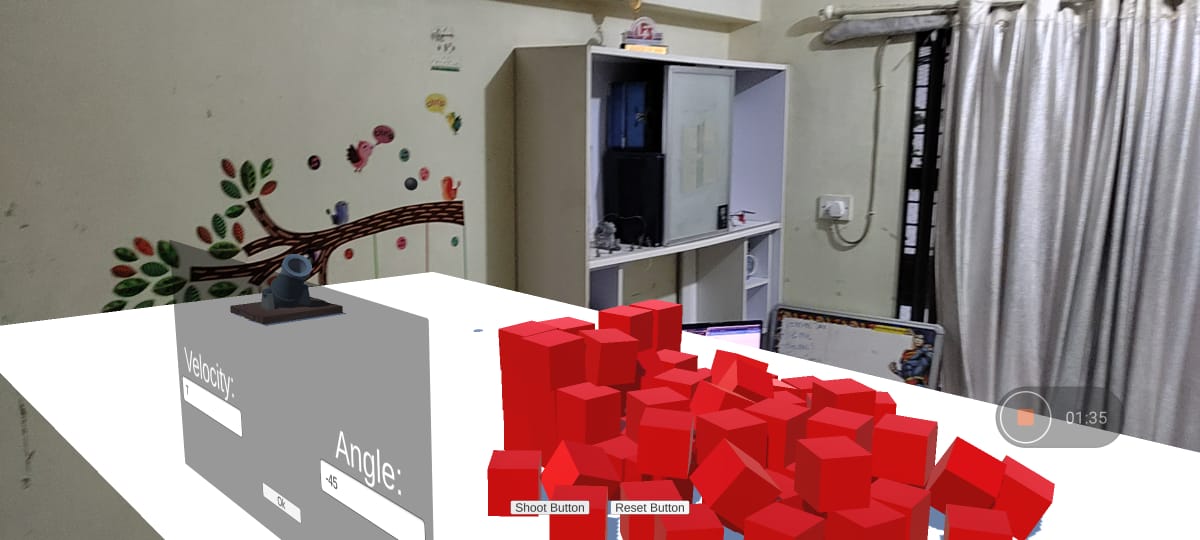
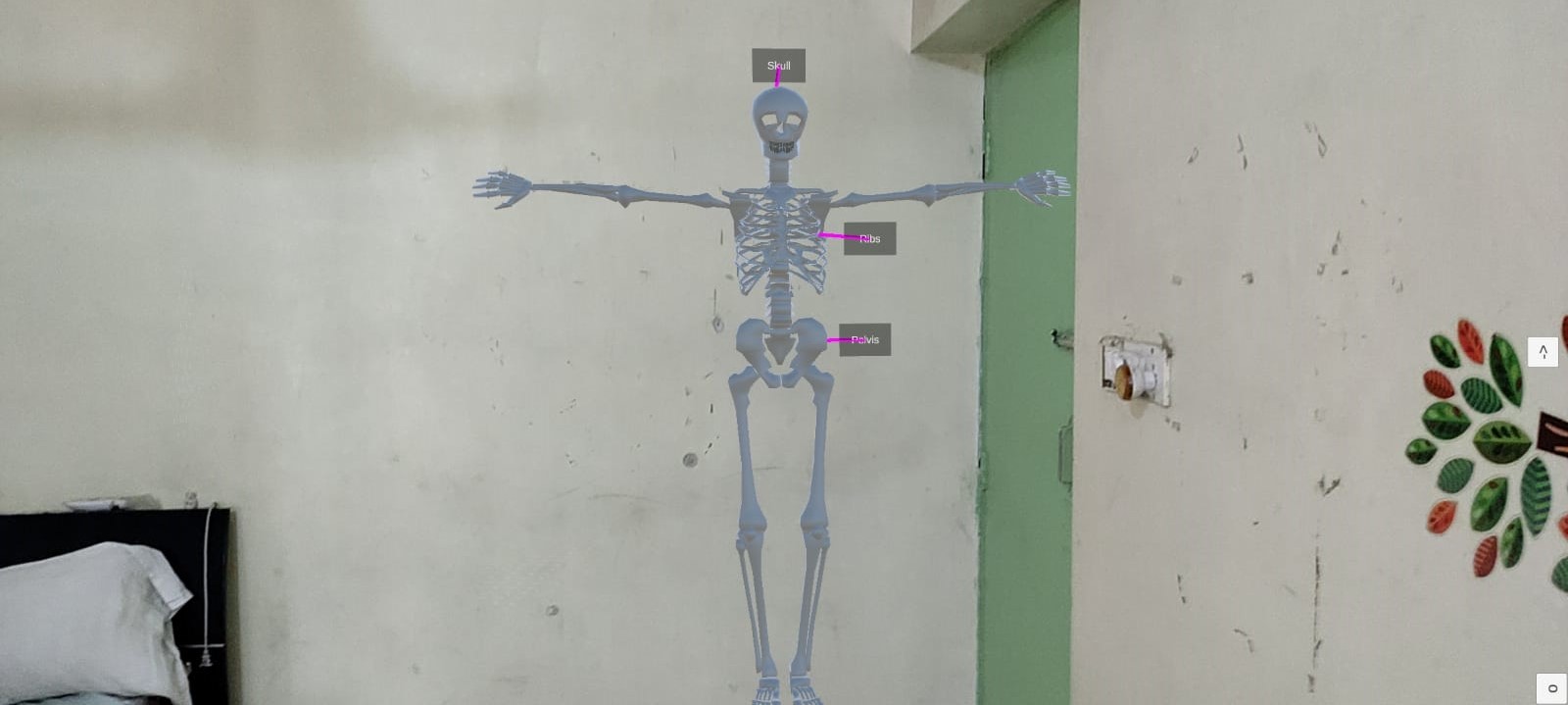
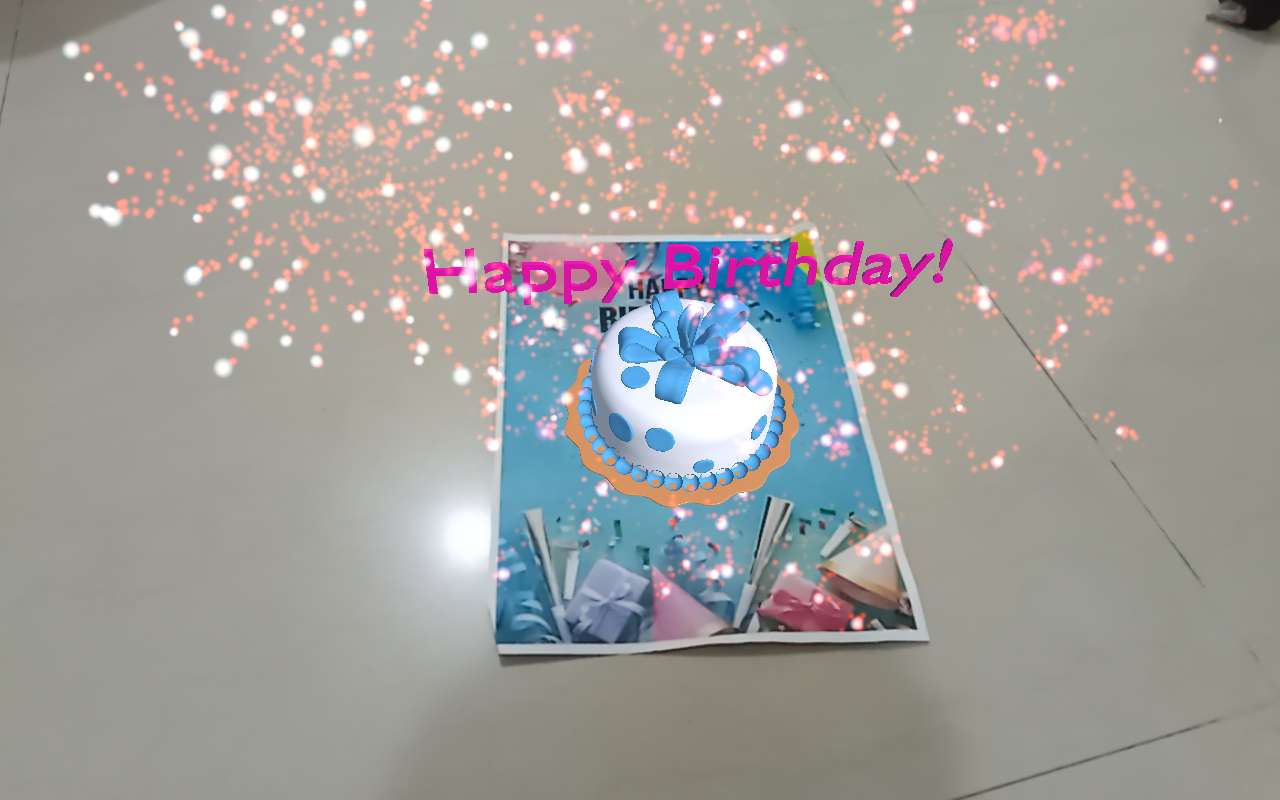
GreetAR
GreetAR is an AR greeting card made to be a special gifting option for your loved ones. Greeting cards are one of the most commonly gifted options during birthdays and special occasions. Adding a more personalized touch to it using 3D models and animated options is a good way to add a unique twist on it.
I originally came up with the idea for a friend's birthday. I made 3D models and animations using Blender and Unity and used the Vuforia plugin for adding Augmented Reality. I created the animations and models to show some of our memories and inside jokes.
For a better and more general proof of concept, I added Fireworks using Visual Effects Graph and 3D text from Blender to the application.
I am currently planning and researching on adding more customisation options and maybe a website to create similar Greeting Card experiences, where I can let the users choose 3D options and the texts on the Greeting Card.
I used Unity for the 3D development engineer, Vuforia Plugin for adding Image Target based Augmented Reality and Blender for making 3D models for the application. The Greeting Card was designed in Canva.
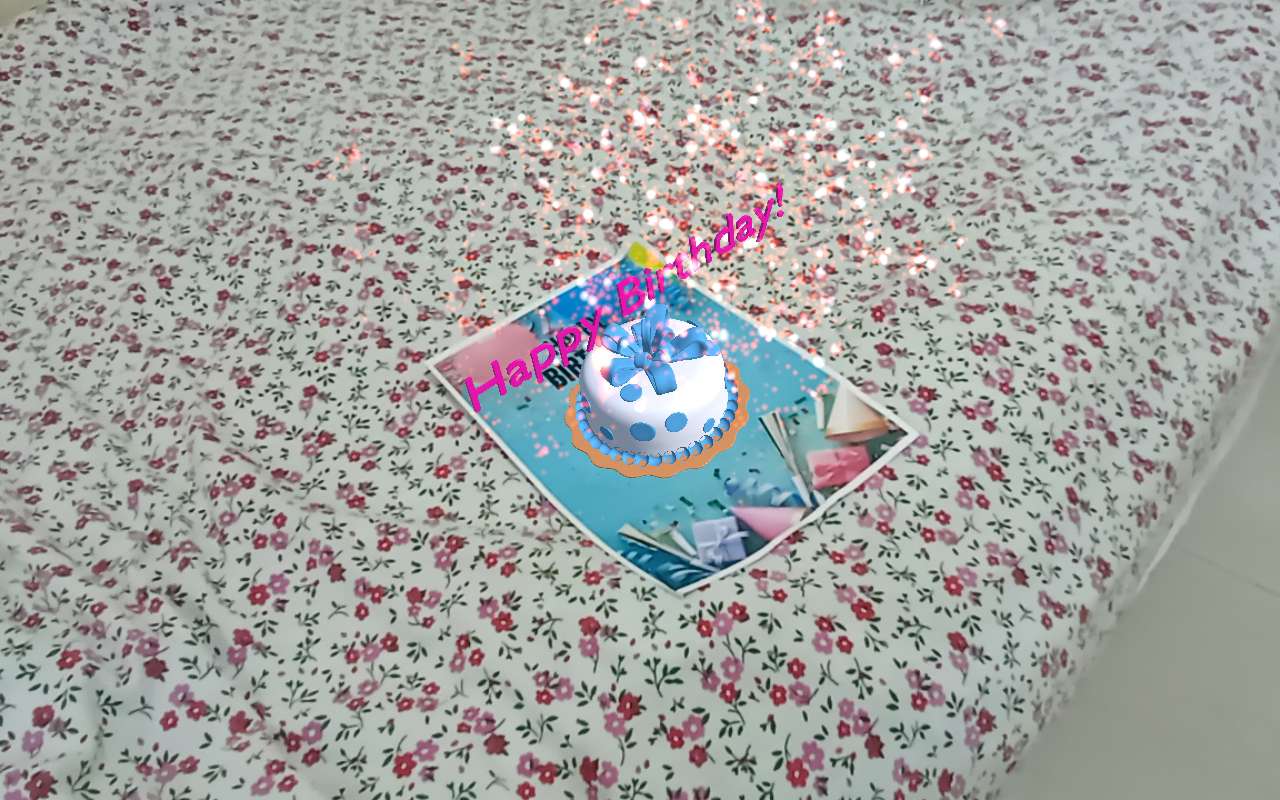
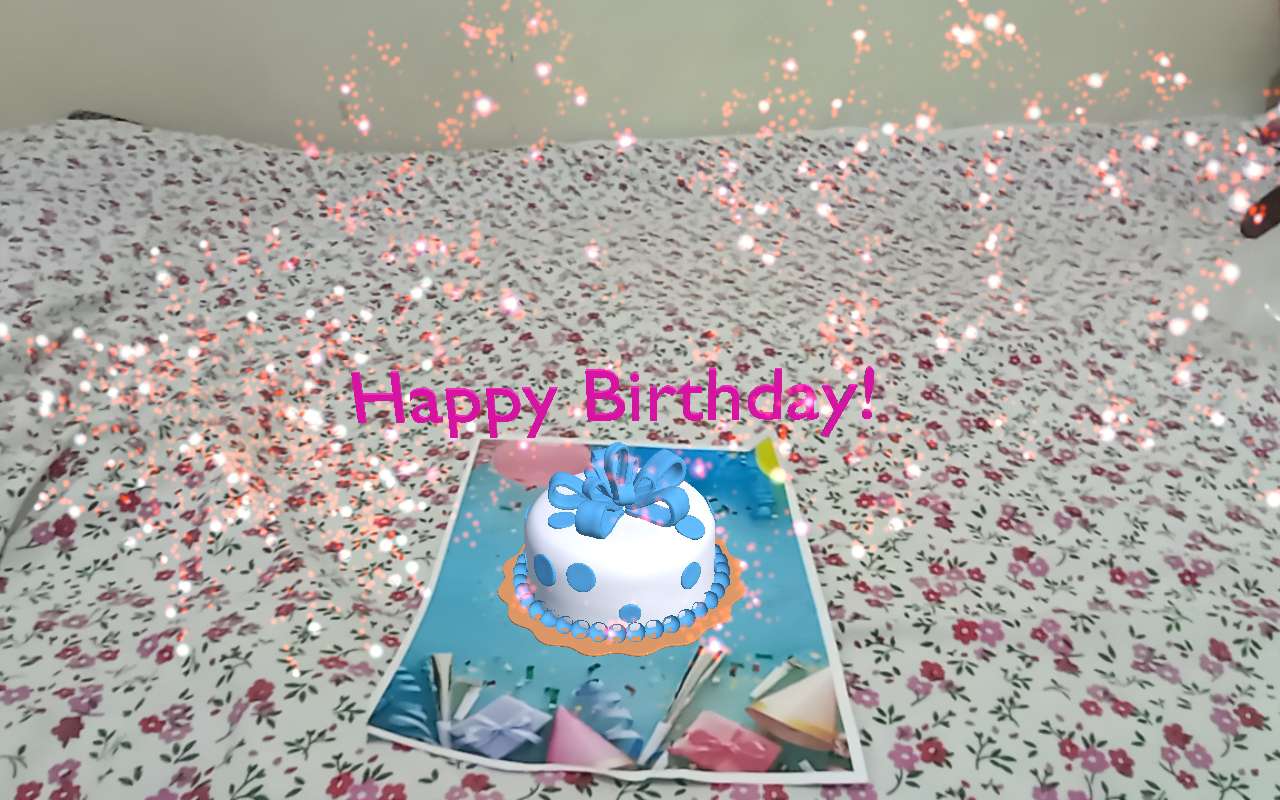
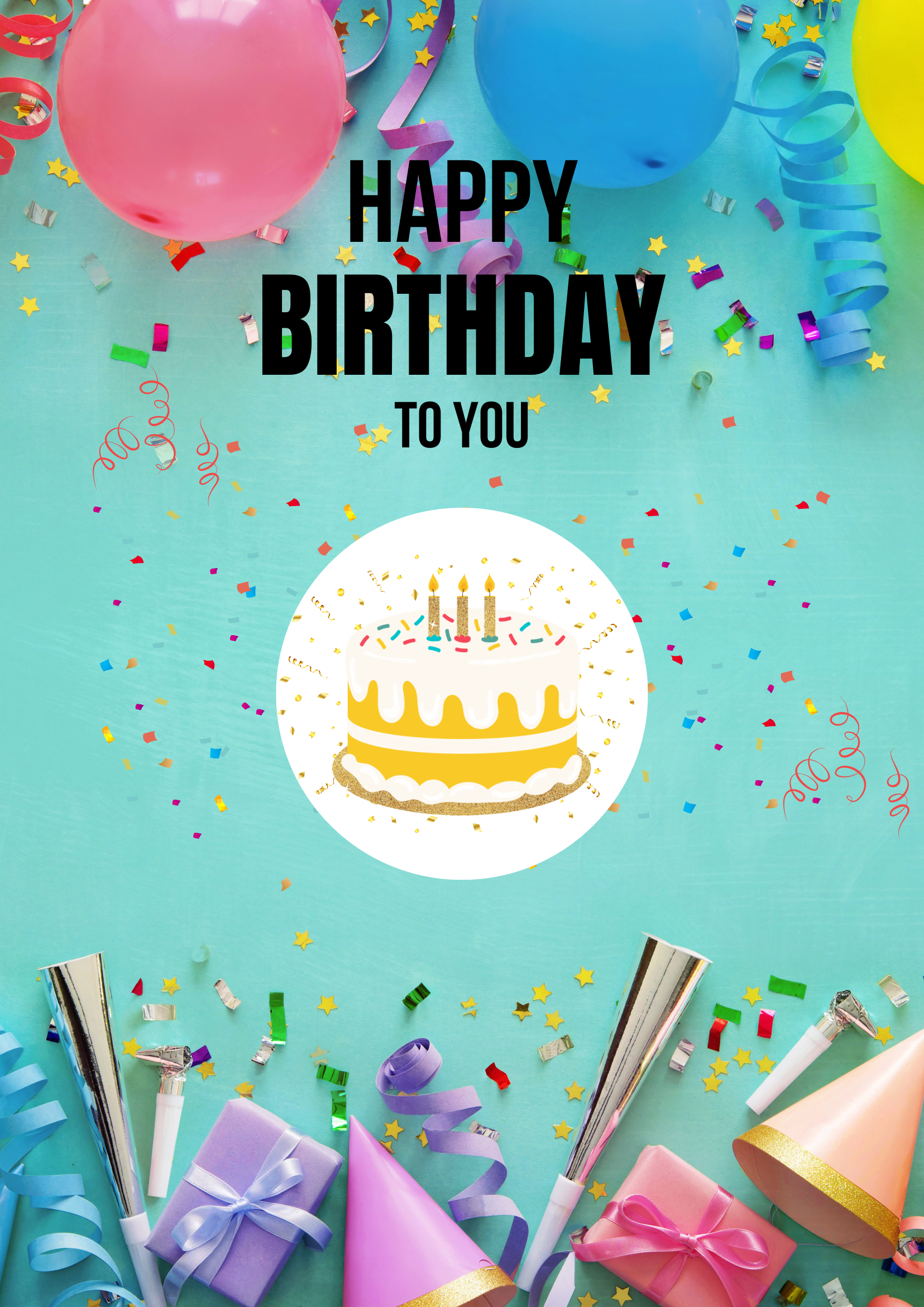
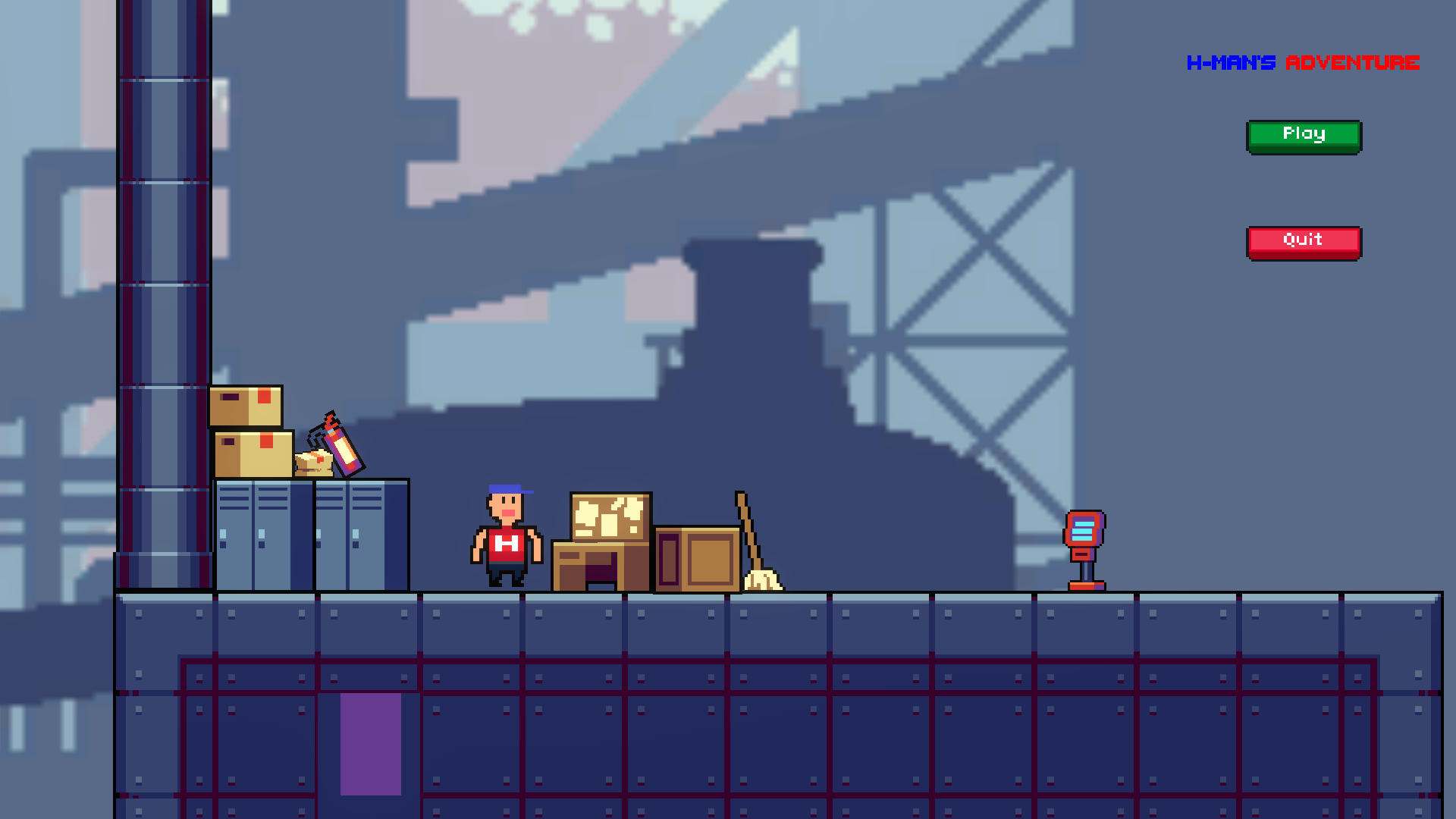
Hman Adventures
H-Man's Adventure is a 2D Platformer made in Unity3D. The game had pixel-art styled graphics. Pixel art was made using Pixilart. The player, character and item arts were custom made in pixilart.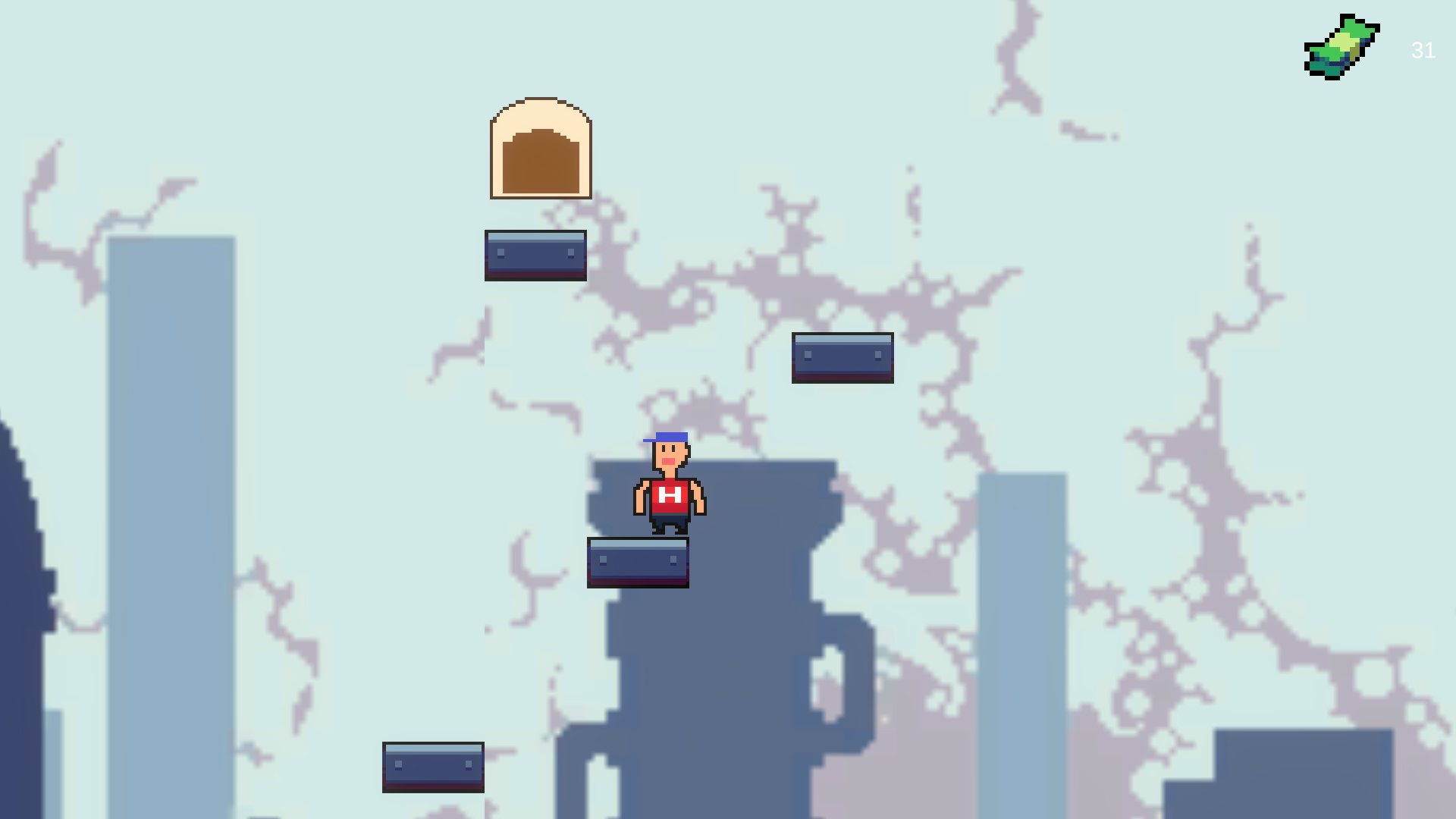
I used Unity Engine to design the game. The idea I had in mind was to give the player an end objective to get to and finish the level, but to do this they had to collect a specific item hidden in the level. This specific item would be away from the path the game directs you on, and takes some additional platforming to get to. While designing, I ensured there were available paths for backtracking if the player initially misses the second path to get the objective and reaches the end, as well as a message telling them to go back and get the objective item.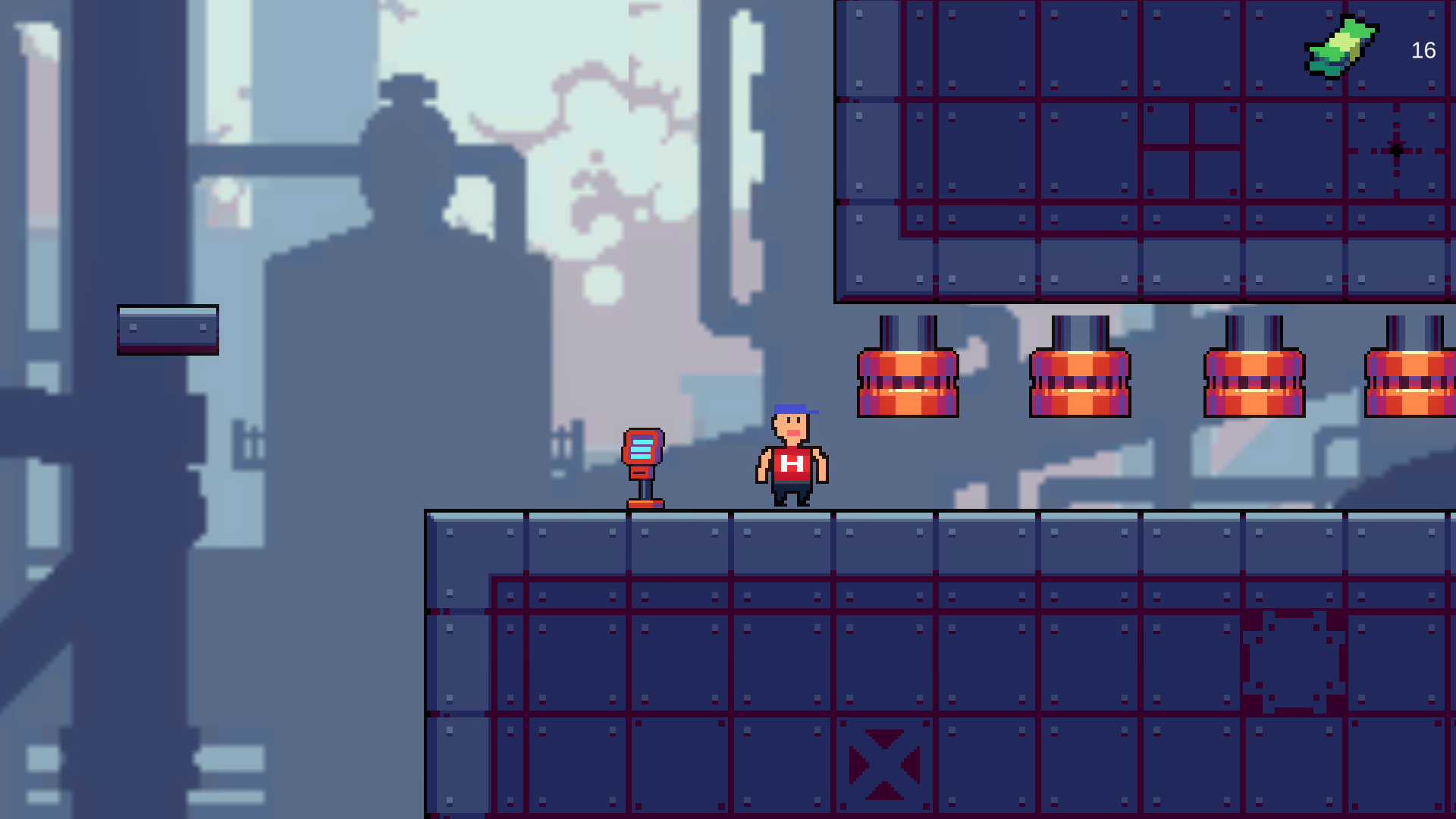
This game was originally inspired by a birthday gift for a friend of mine, and then improved upon a little. As someone who loves to work with visual technologies and game development, I made this game as a sort of tribute to one of my closest friends, who helps us out a lot.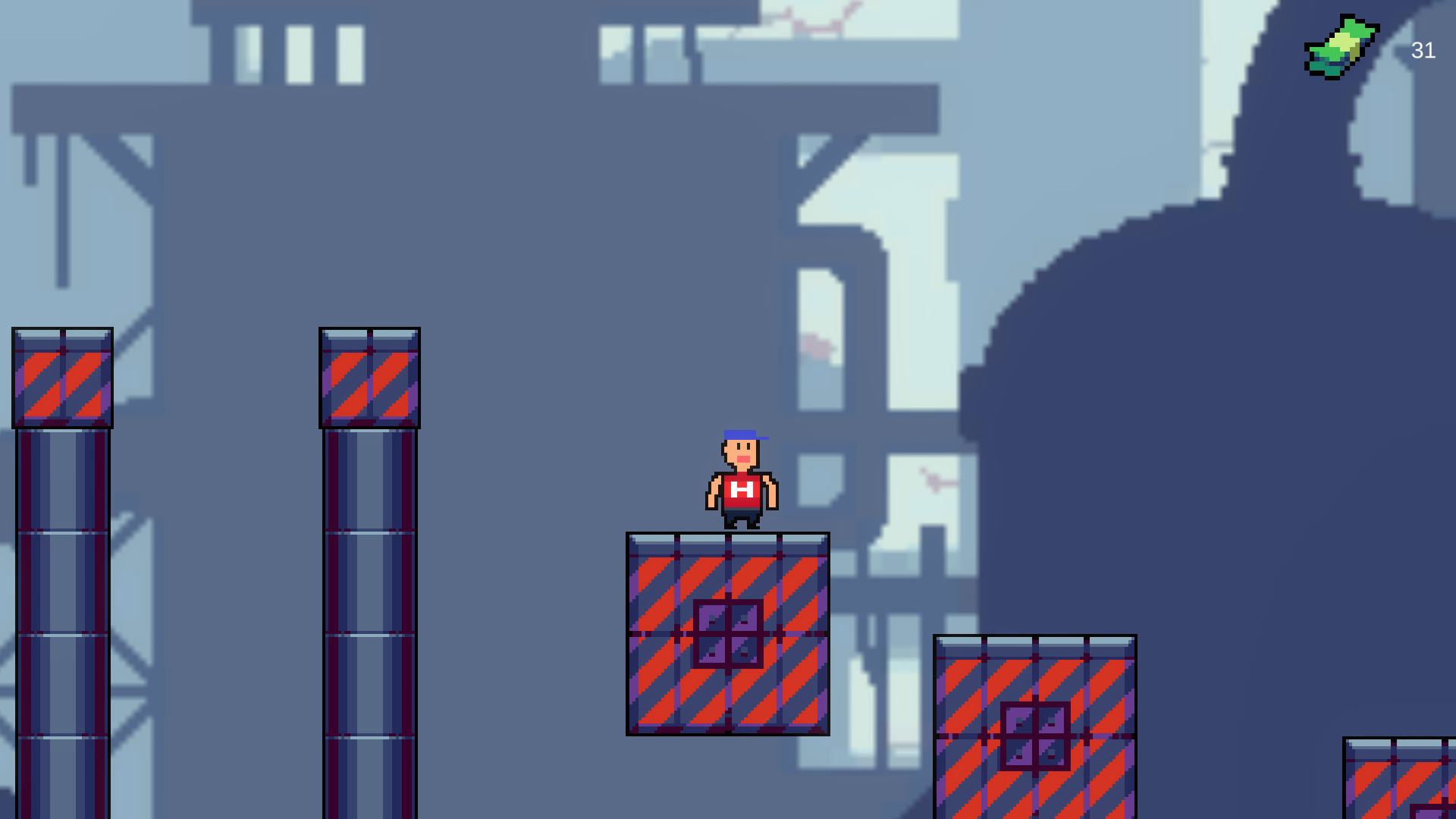
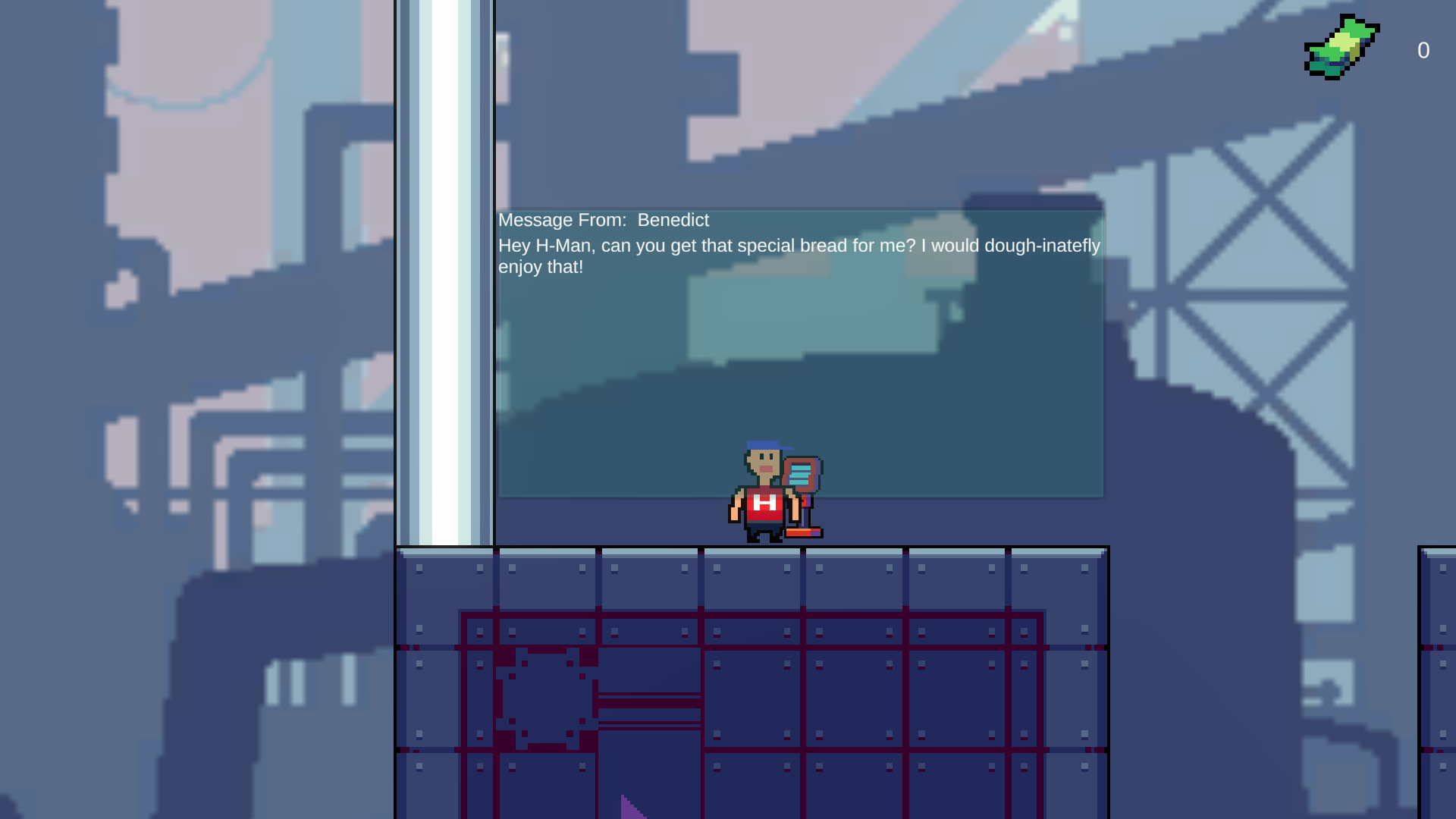
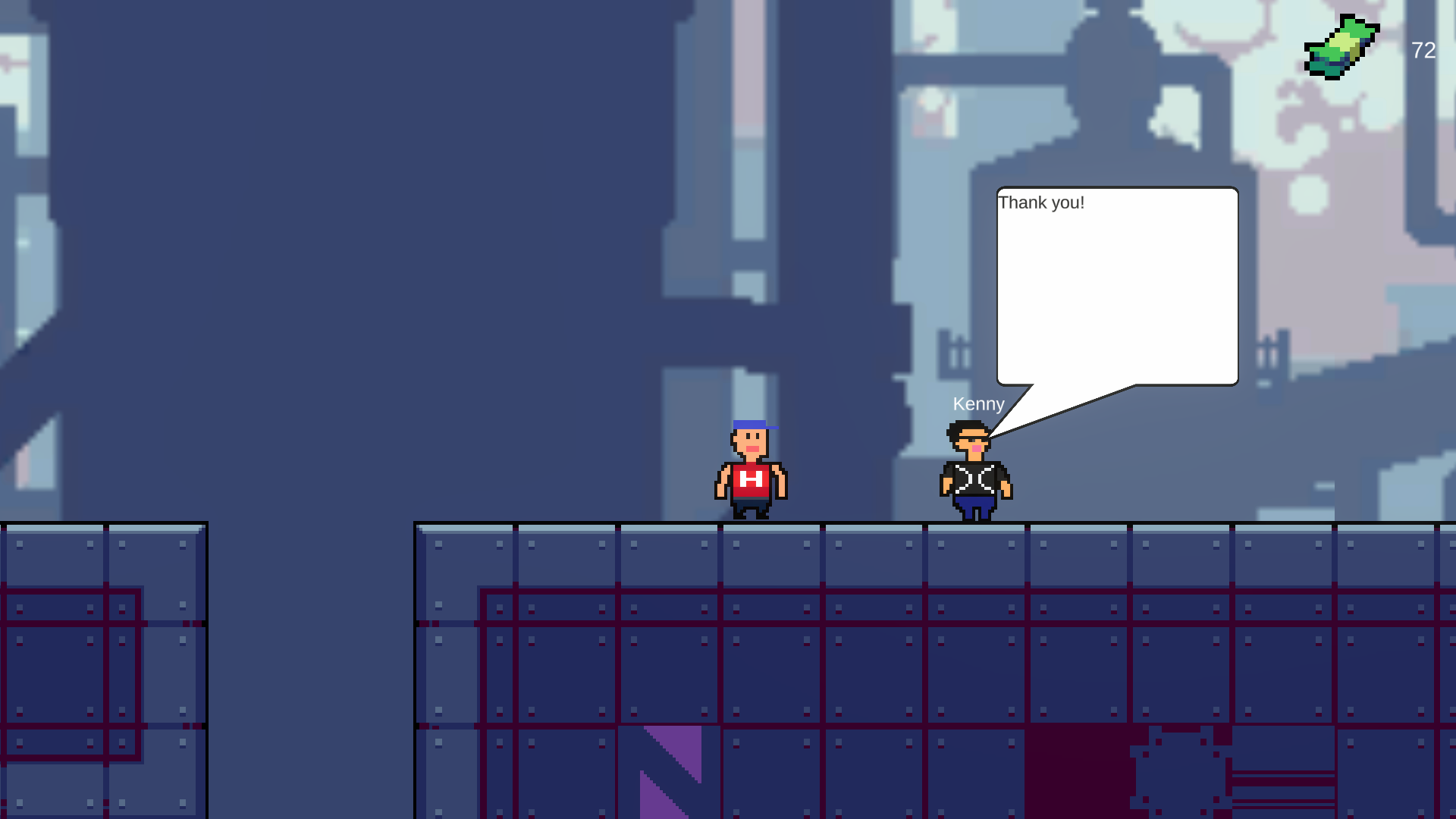
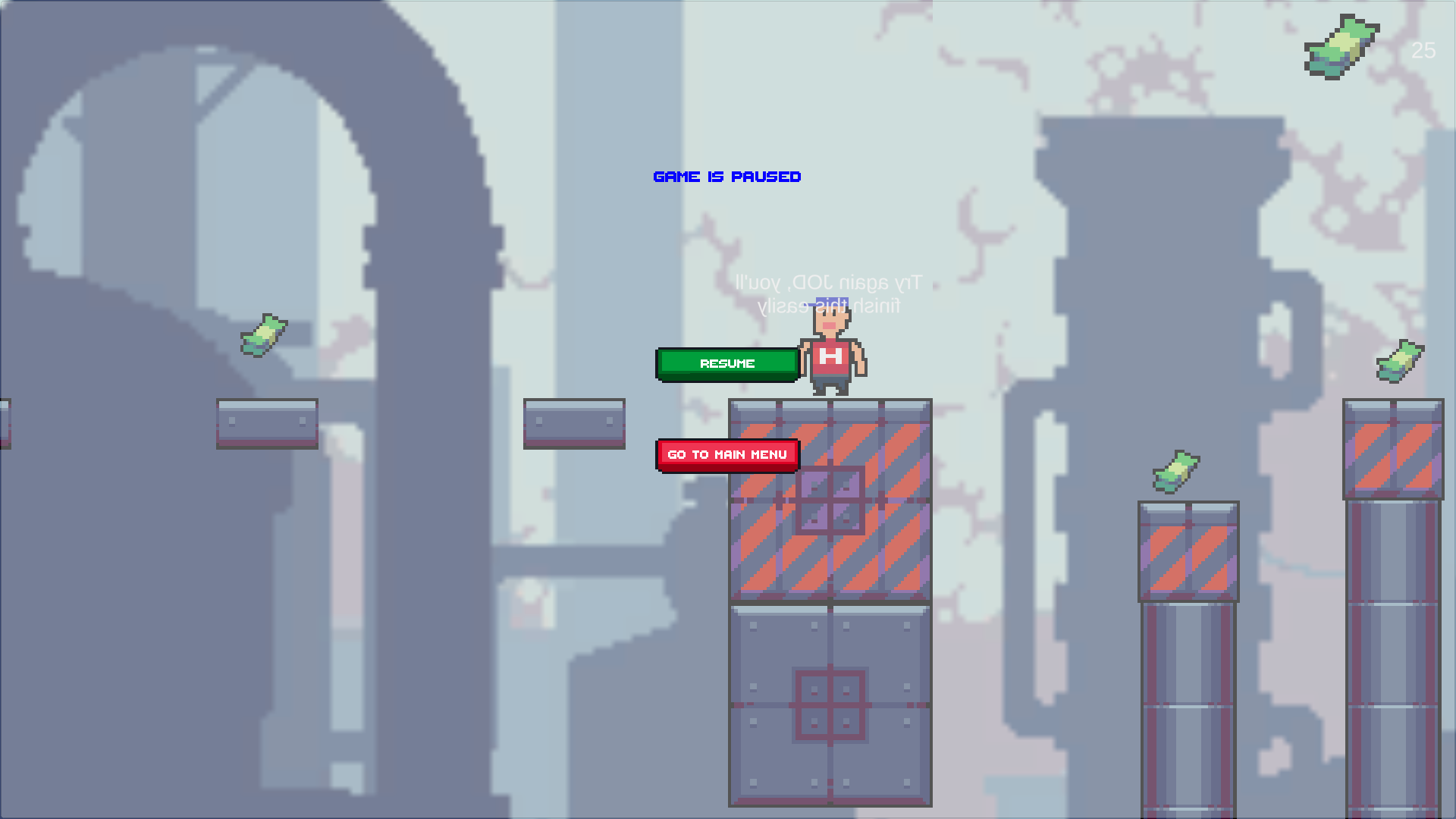
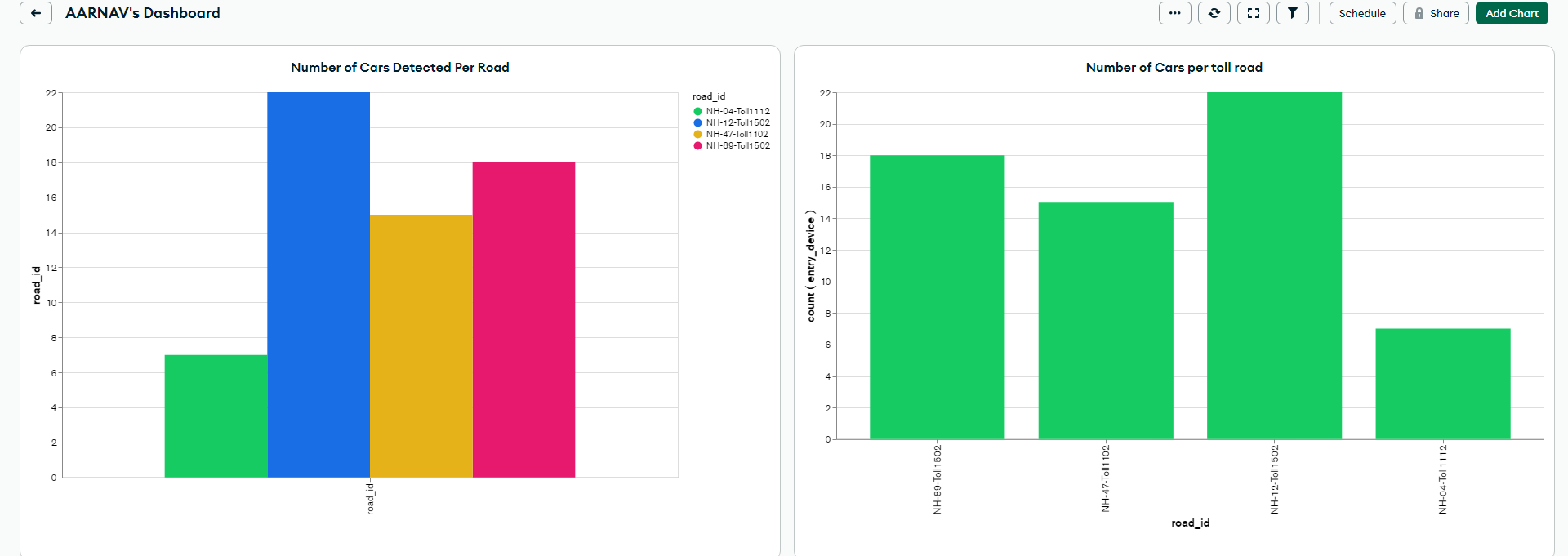
AutoToller
AutoToller is an IoT infrastructure that uses license plate detection to detect number plates and automatically deduct tolls using an IoT device at the tolling booths.
AutoToller uses a NodeMCU device to be placed at the tollgates to remove the need for a manual toll collection system. Each device has its own "road_id" that tell where it is being placed, and which entrance of the toll road it is placed at.
We have a NodeMCU as the base IOT device. It has an ultrasonic sensor and a camera. When a vehicle comes near enough, the ultrasonic sensor is used to judge its distance. Once it comes close, the nodeMCU uses the camera to get a photo and read the license plate on the vehicle. It does so by using OpenCV to find the number plate using Canny Edge detection and Contour detection. Then it uses easyocr to perform OCR on the license plate and get this text.
The NodeMCU then sends the road_id data which denotes what road it has been placed on, entry_device on whether its at one entrance or the other, and the license_plate which has the license plate number of the vehicle, to a express JS Web server that is a RESTful API hosted on the Render.com Cloud. This API then sends this data for storage on the MongoDB Atlas Database for storage.
The NodeMCU serves as the main controller unit of our project, using the ultrasonic sensor to detect how far a vehicle is and a camera for the license plate detection. We chose to go with a webcam connected to the laptop that sends the license plate data to the NodeMCU using a websocket.
This was a team project for our IoE mini project. I ideated and created the entire architecture and flow for an automatic tolling system. I designed the entire system, and planned out the work. I also build all the components. My teammates helped with the documentation and necessary reports.
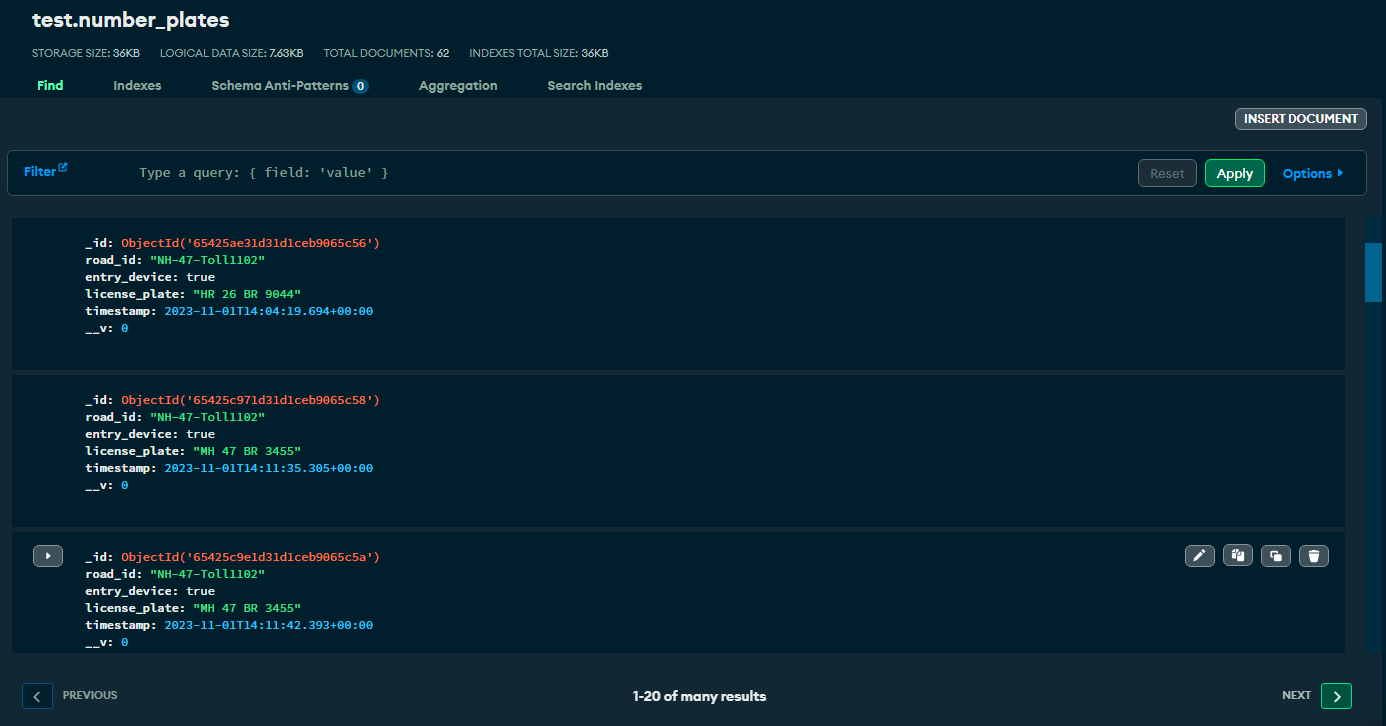
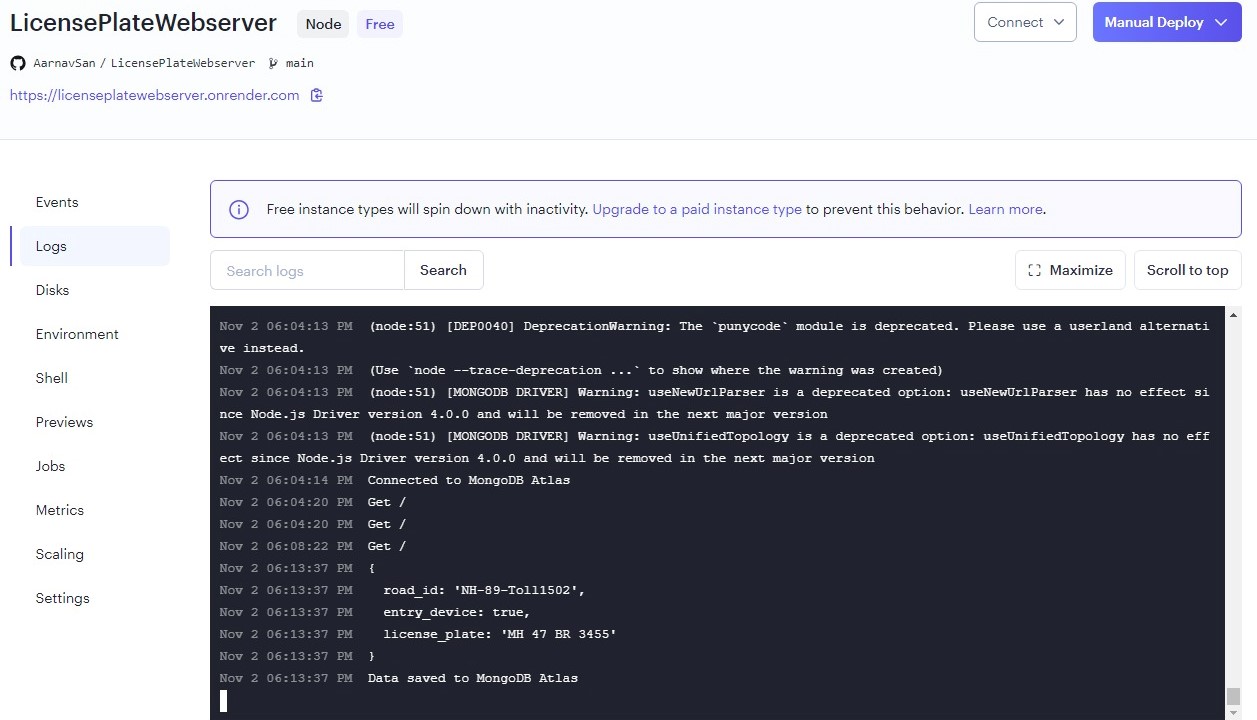
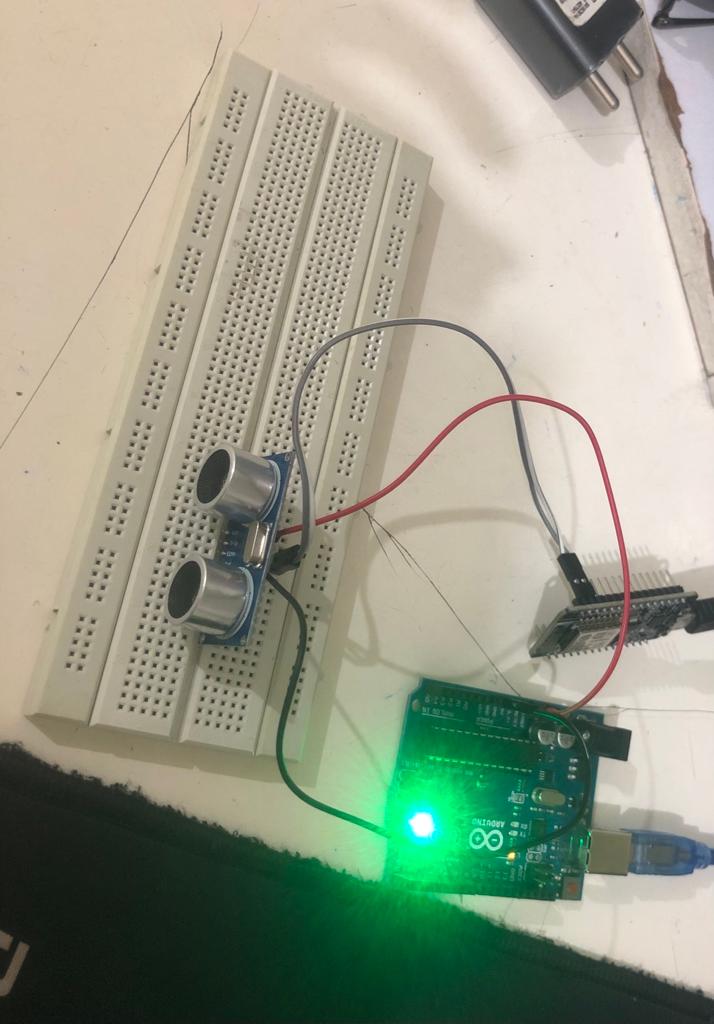
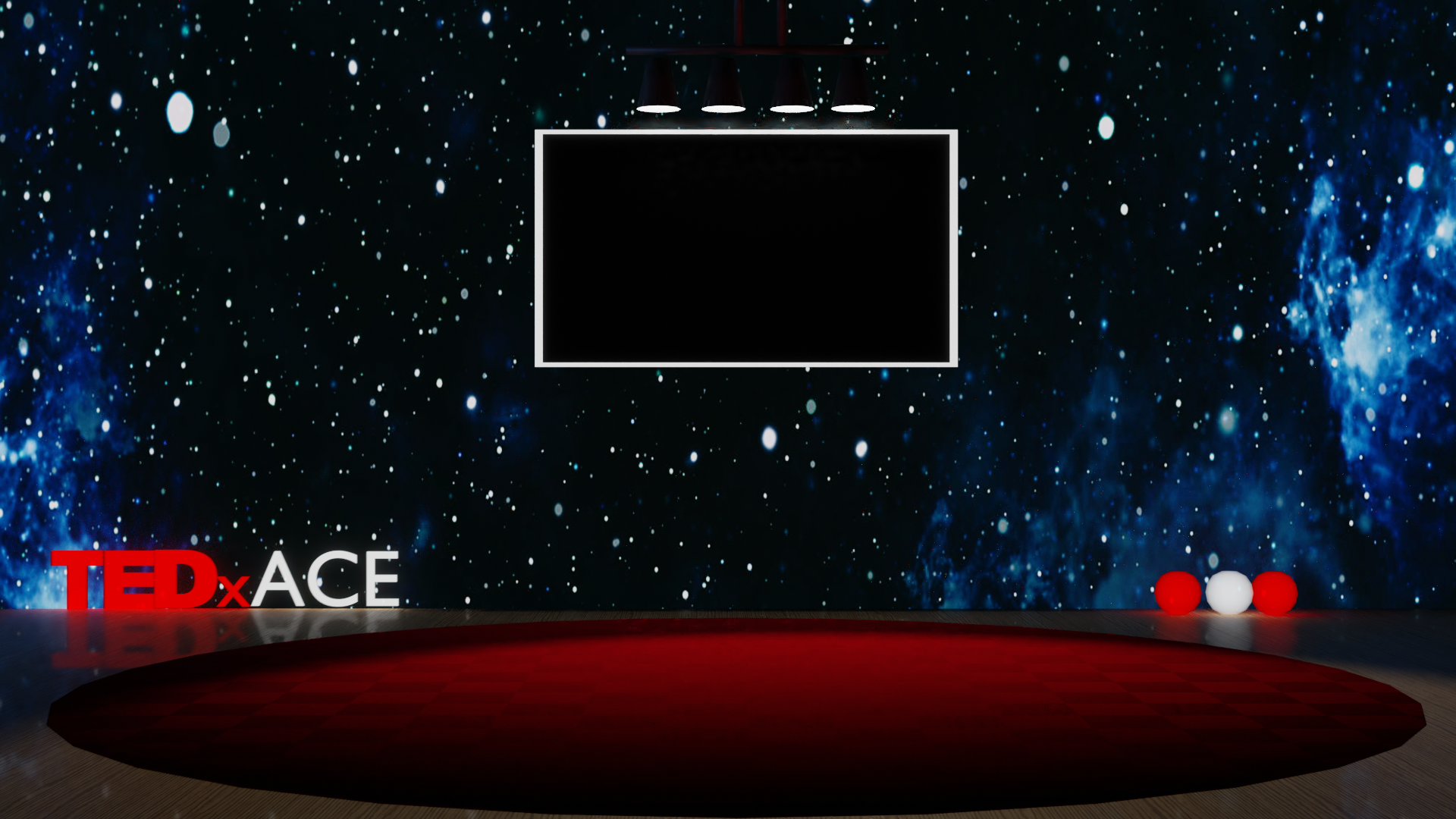
The TEDxACE 2021 and TEDxACE 2022 events were held virtually due to the Covid 2020 pandemic. As the only other member of the video production team during TEDxACE 2022, I noticed the lack of a uniform background in our speakers' videos from TEDxACE 2021. Since every speaker had recorded their talks at each of their own places, we had a wide variety of backgrounds in these videos.
To solve this problem of a non-uniform background for our 2022 event, I proposed the idea of a 3D-rendered custom made TEDxACE stage. Once accepted by the licensee and co-licensee of TEDxACE, I began prototyping and rendering different combinations of these stages using Blender.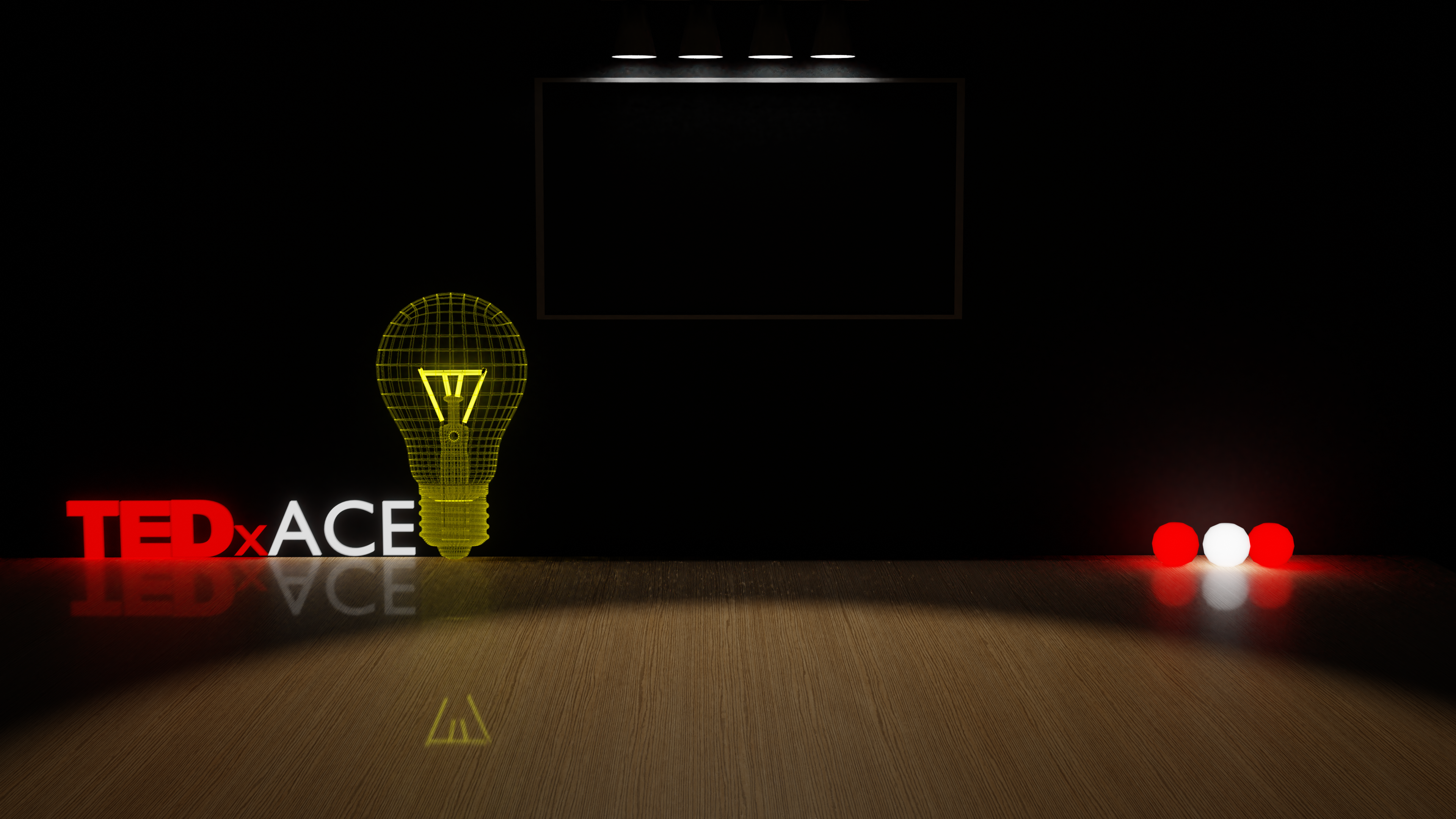
I experimented by adding different lights and different props, almost all of which were custom made. These props included wireframe lightbulbs and cones, a 3D representation of our event logo etc.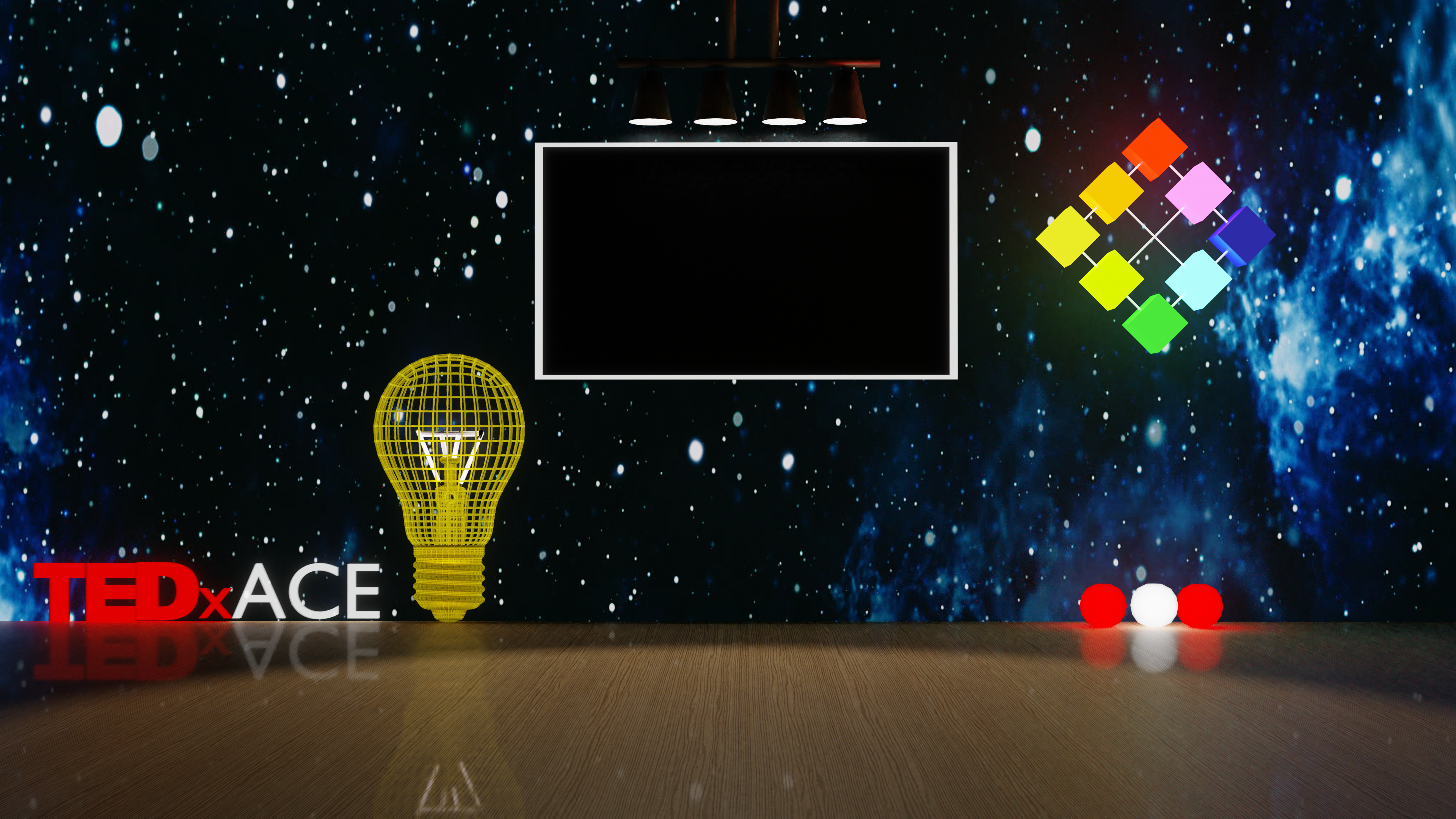
After a lot of suggestions and changes, we settled on the following final virtual background:
This background was chosen for all our videos, and you can see the videos of TEDxACE 2022 on the official TEDx channel. Here is a playlist of those videos:
The following are all of the prototype renders I made for the TEDxACE Virtual Stage:
